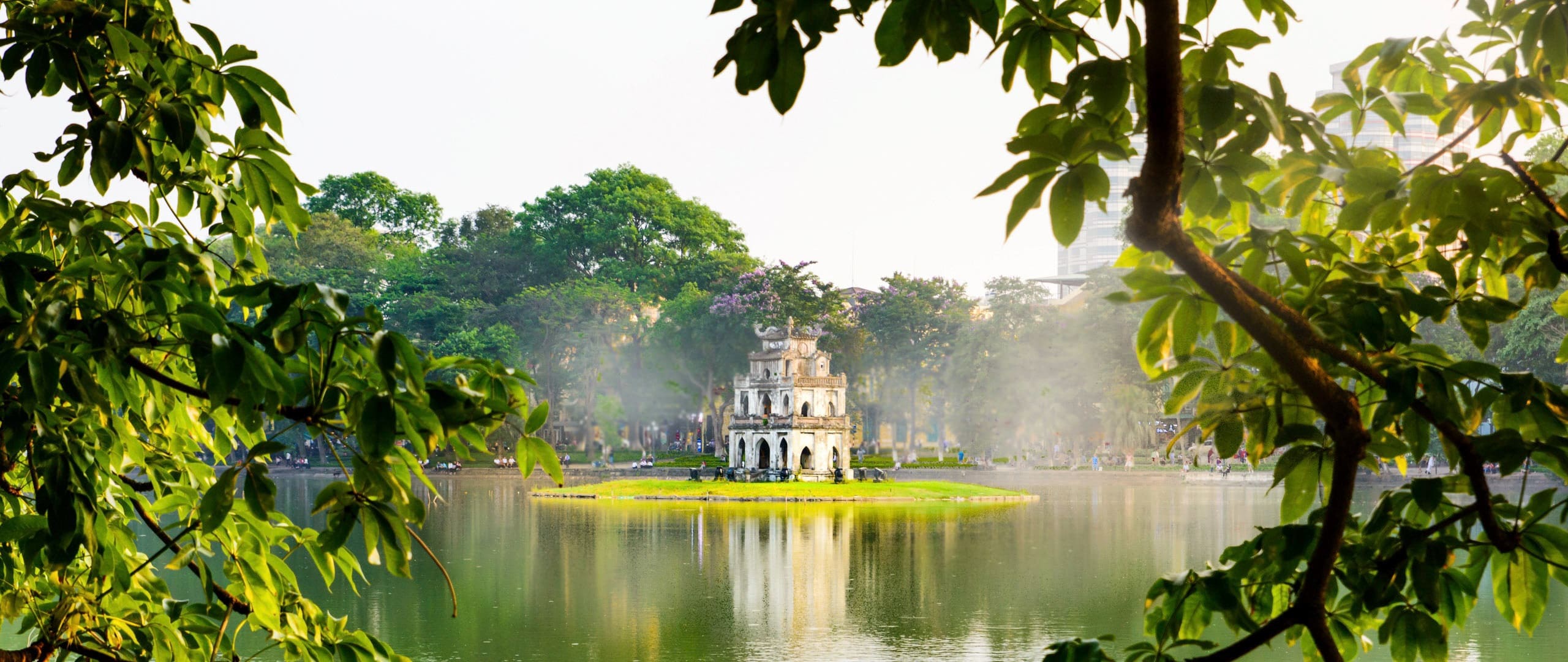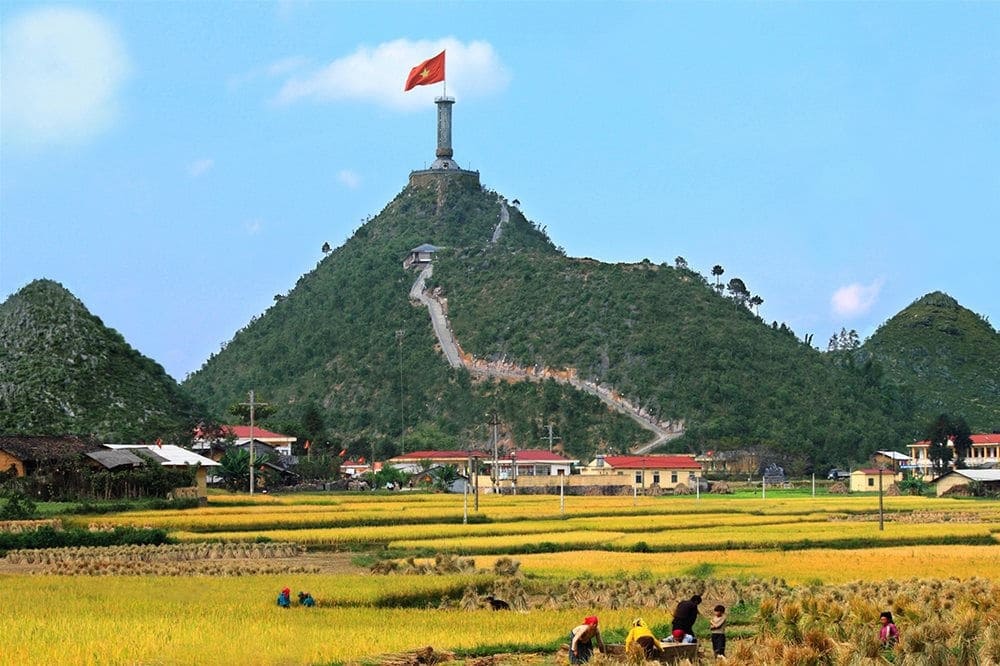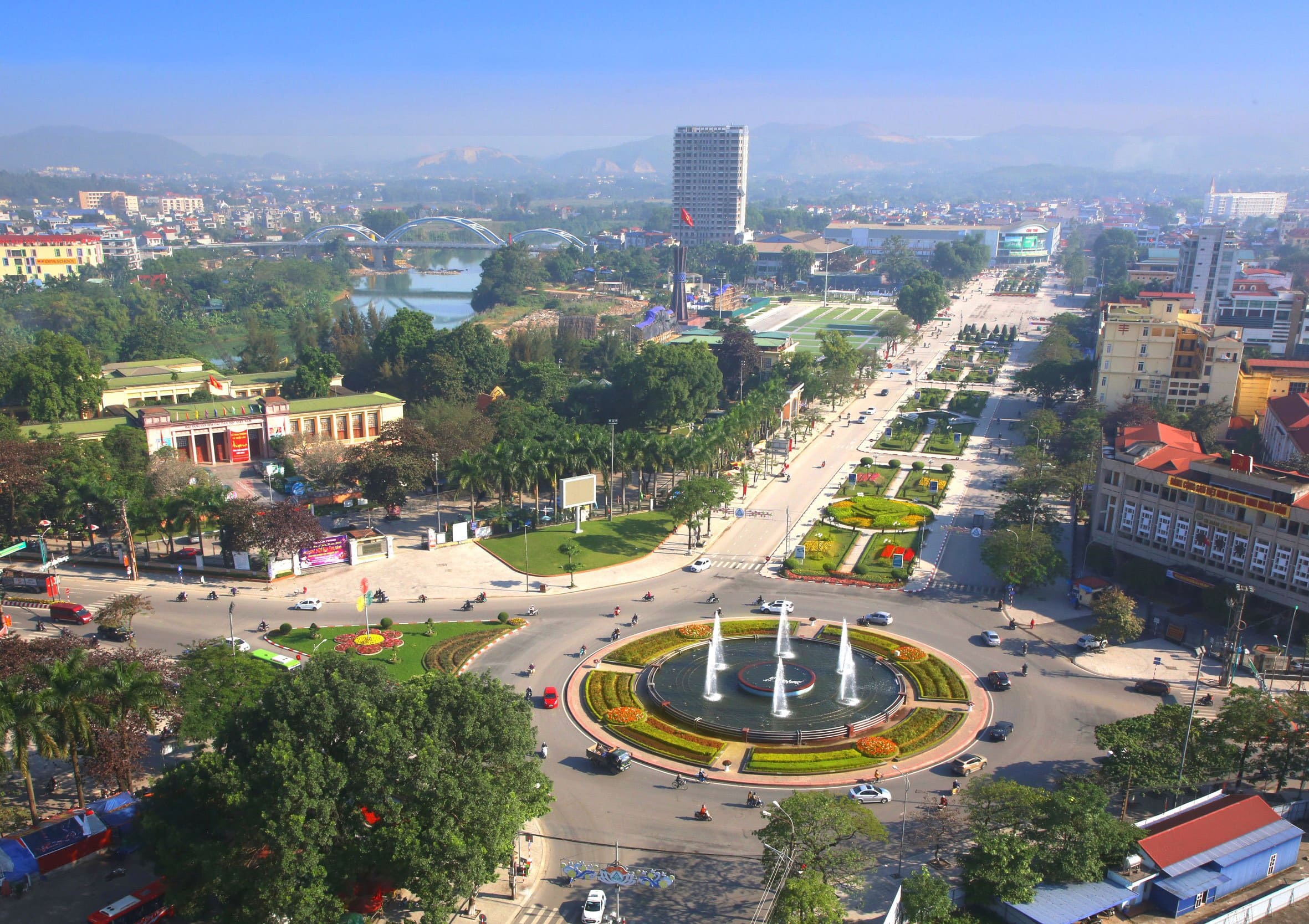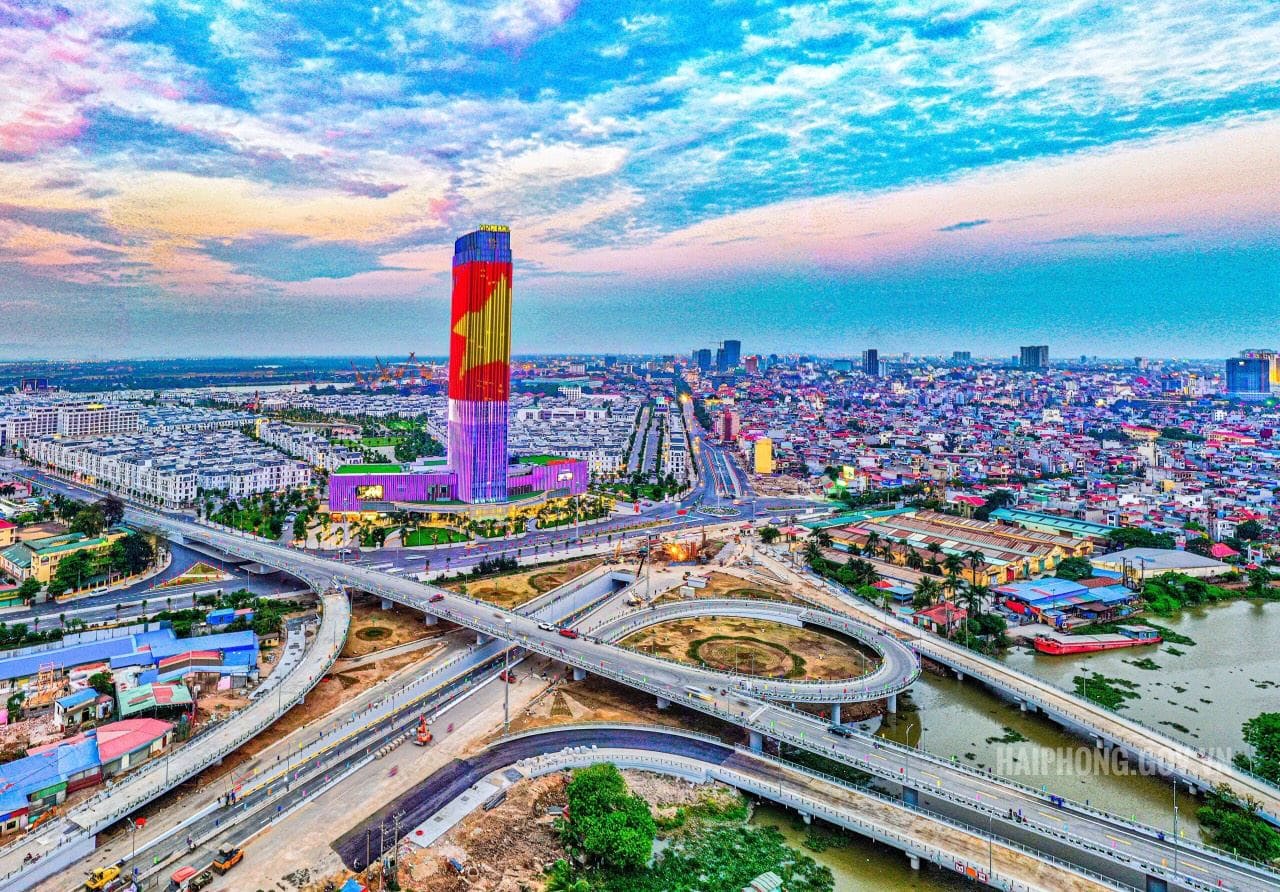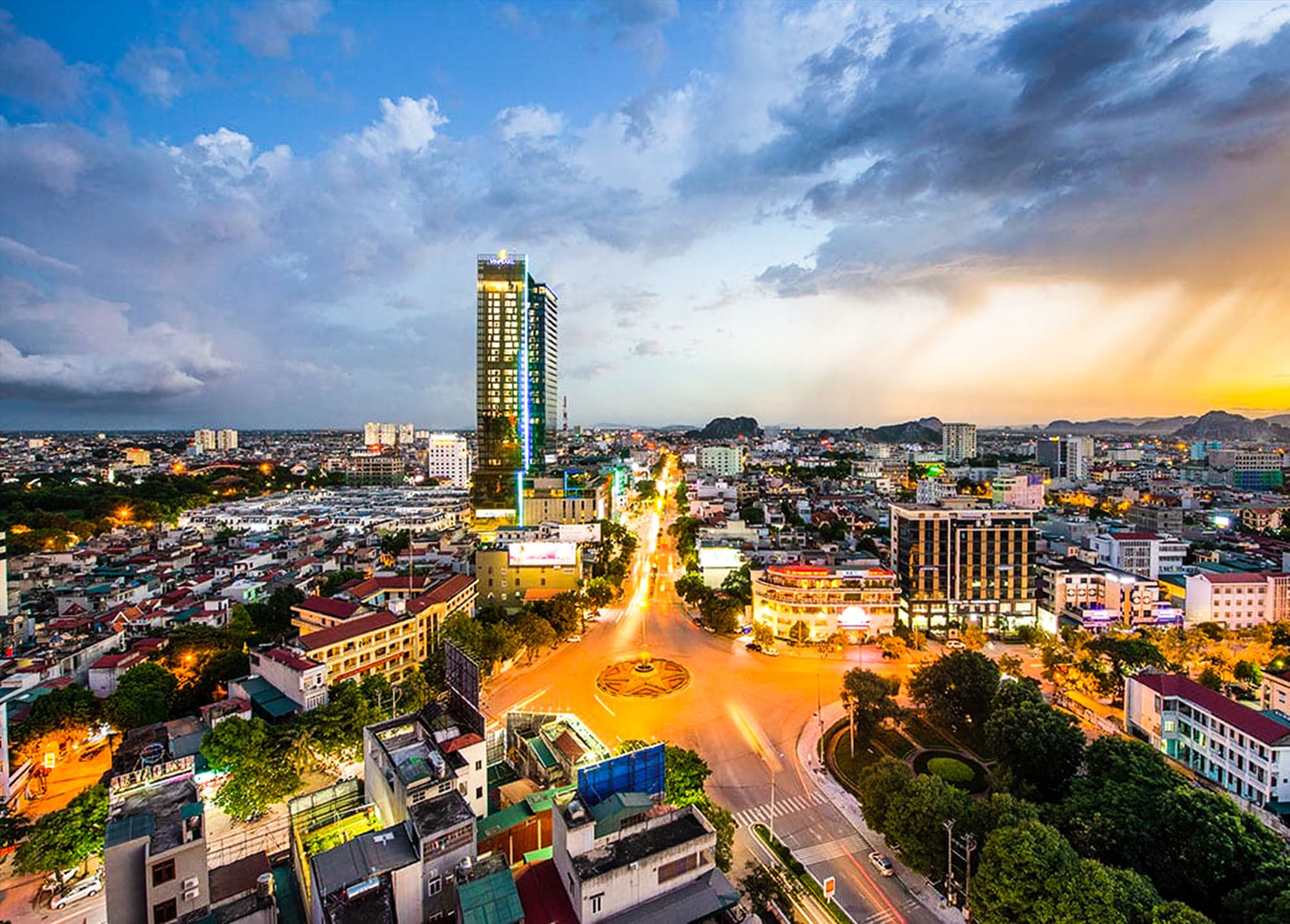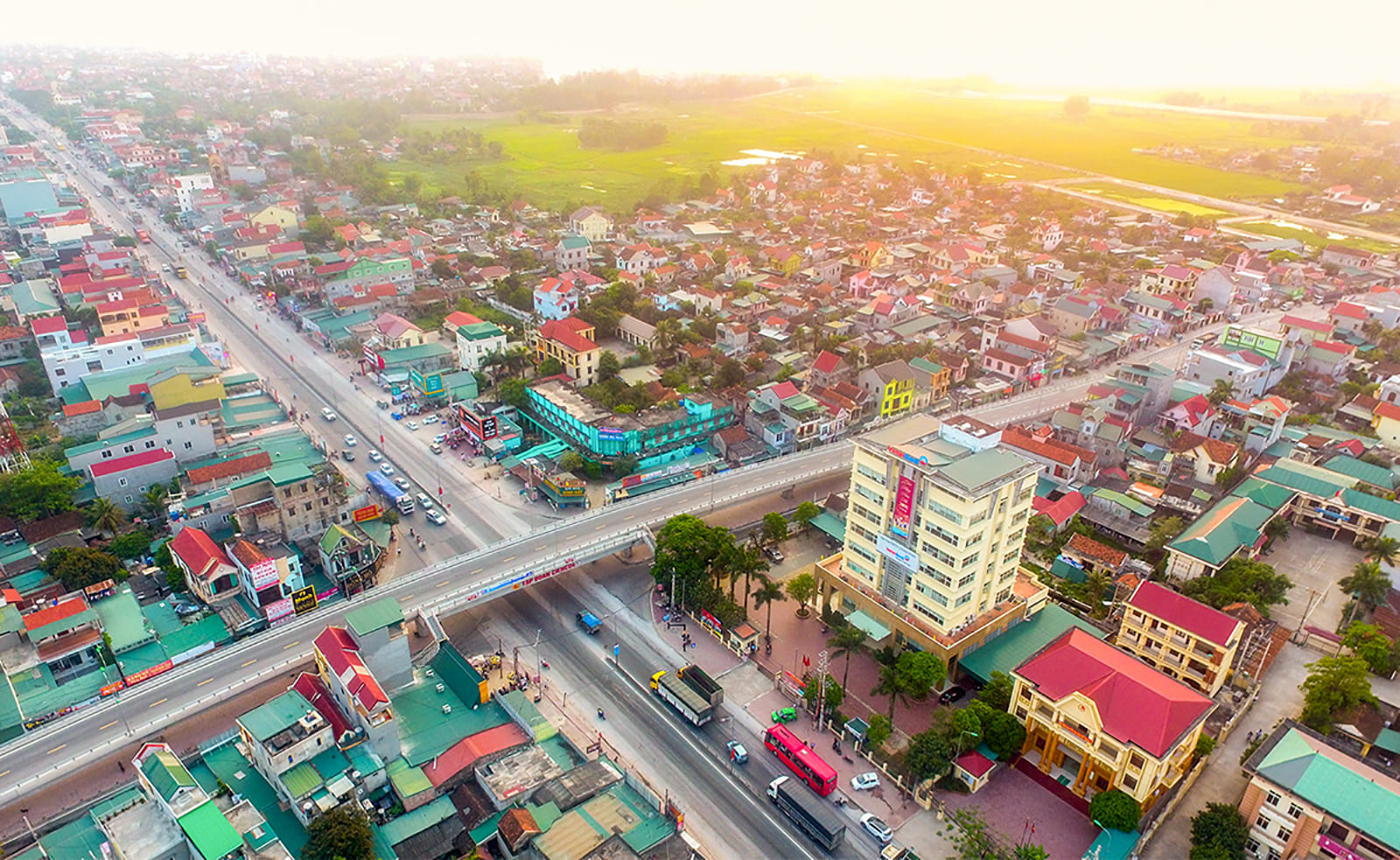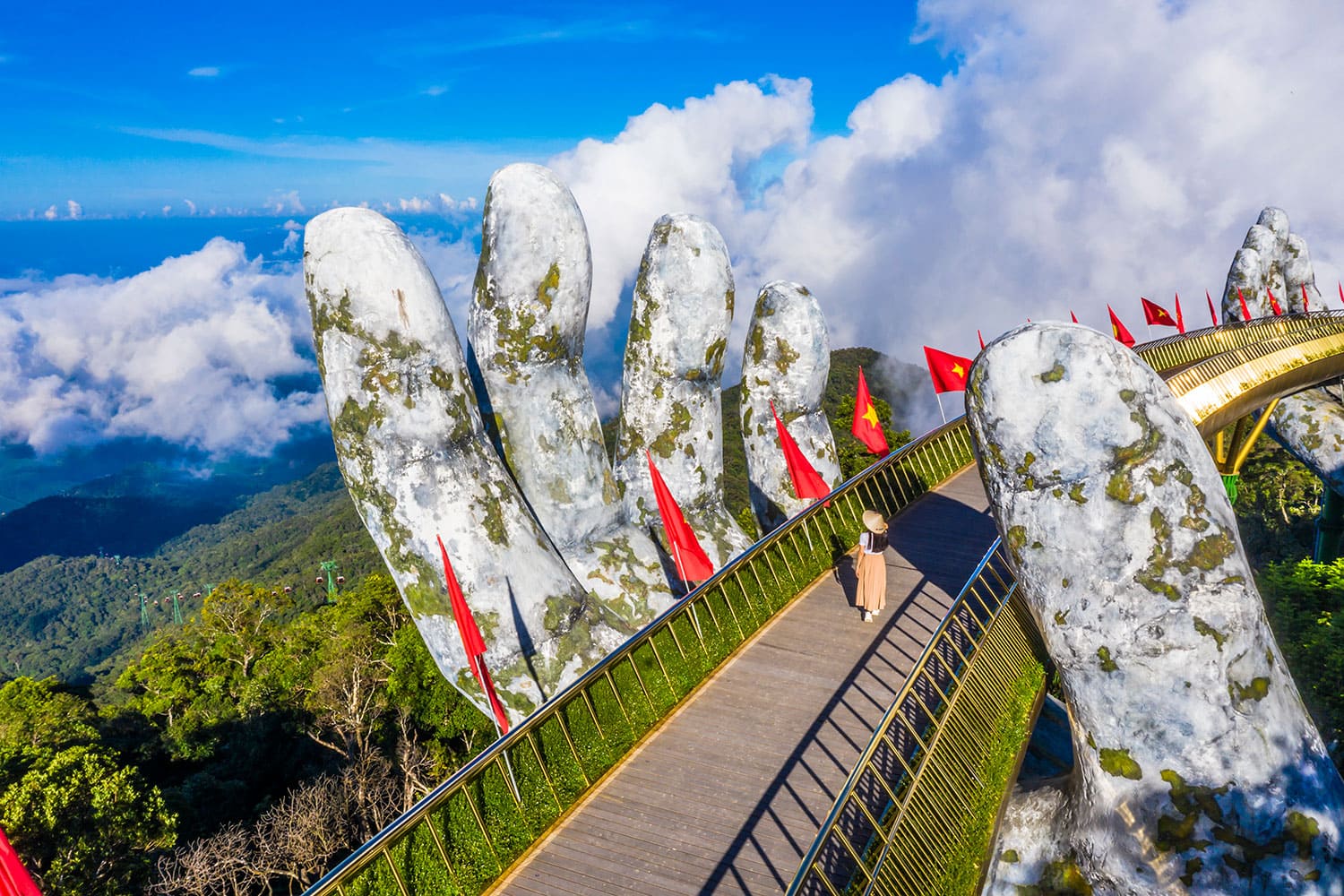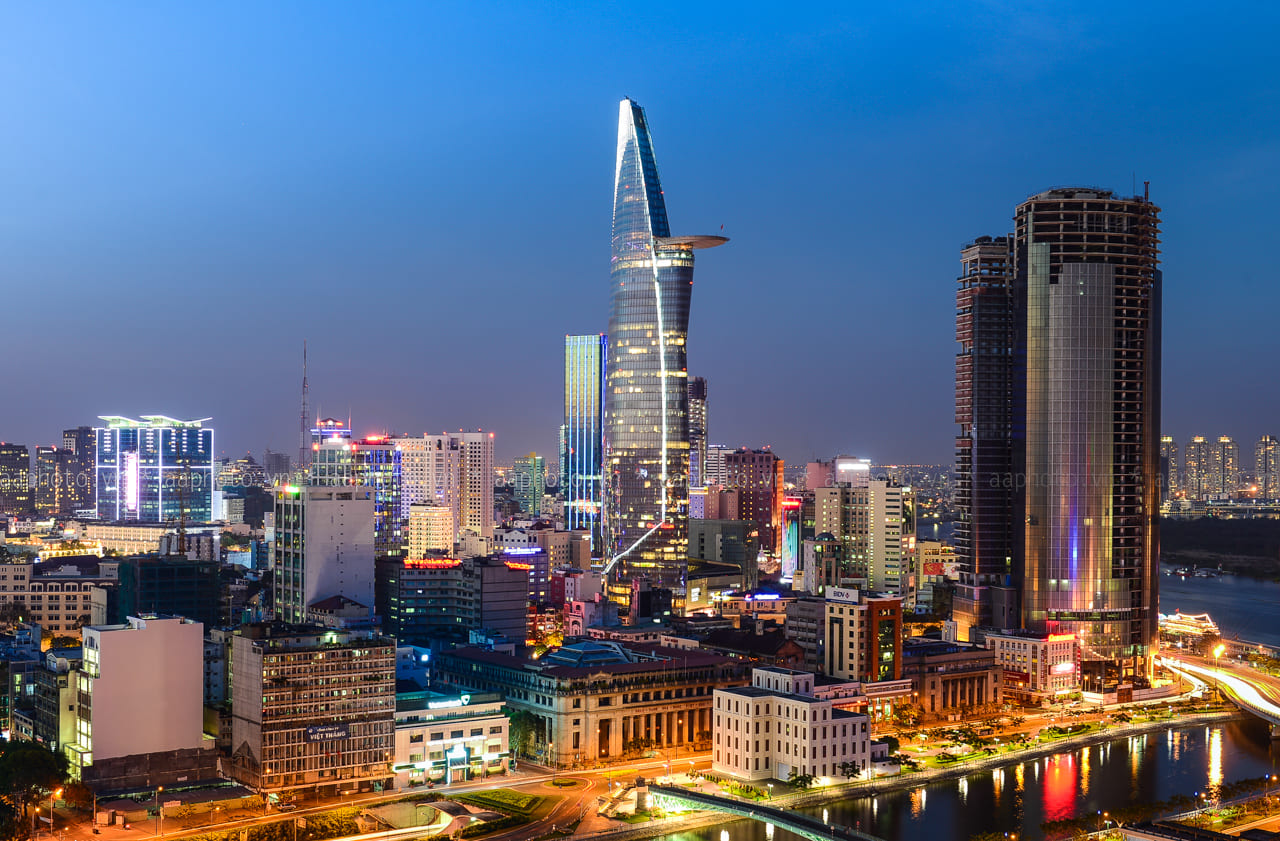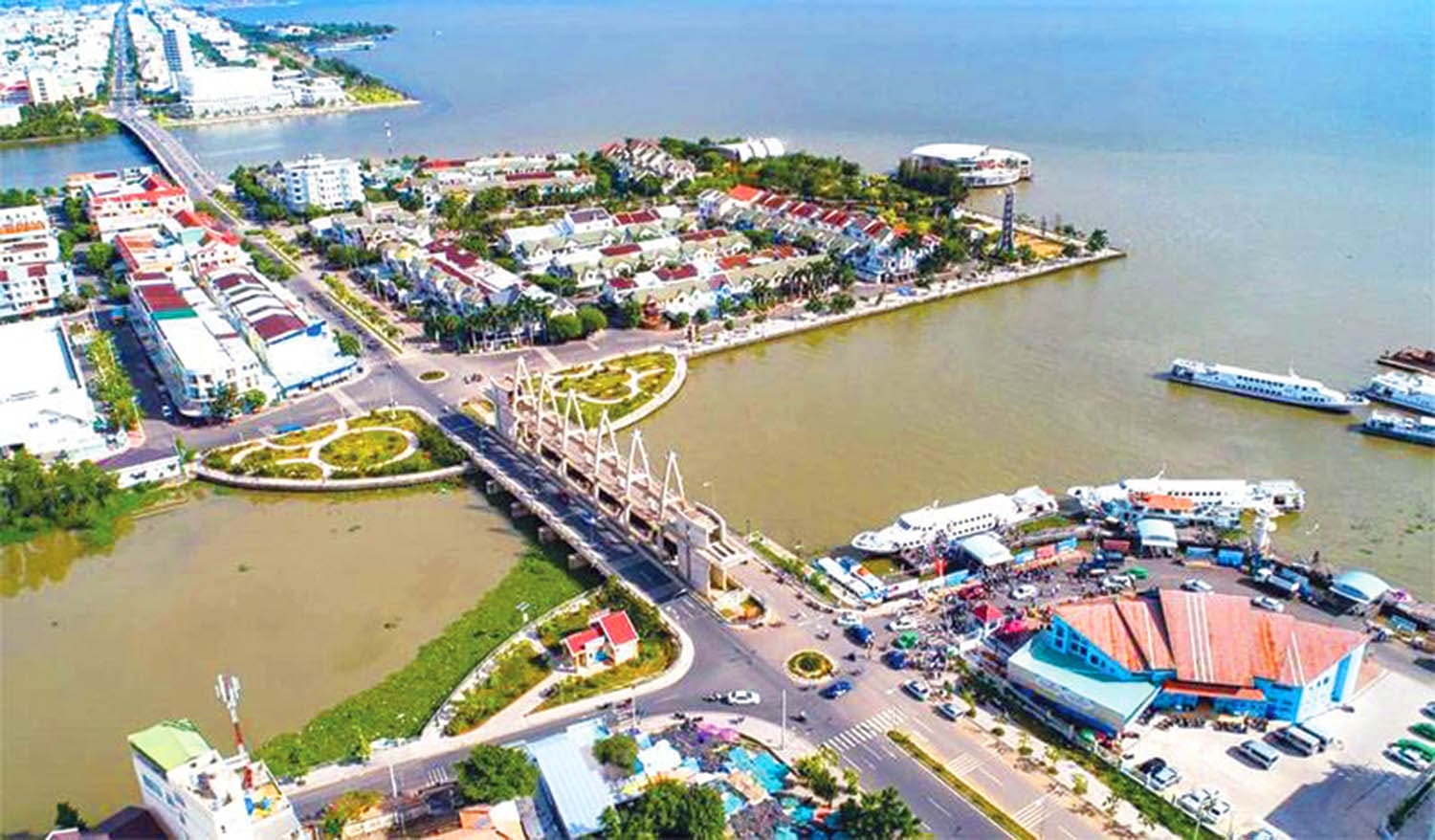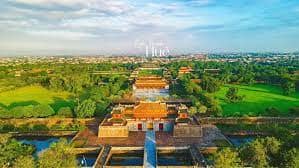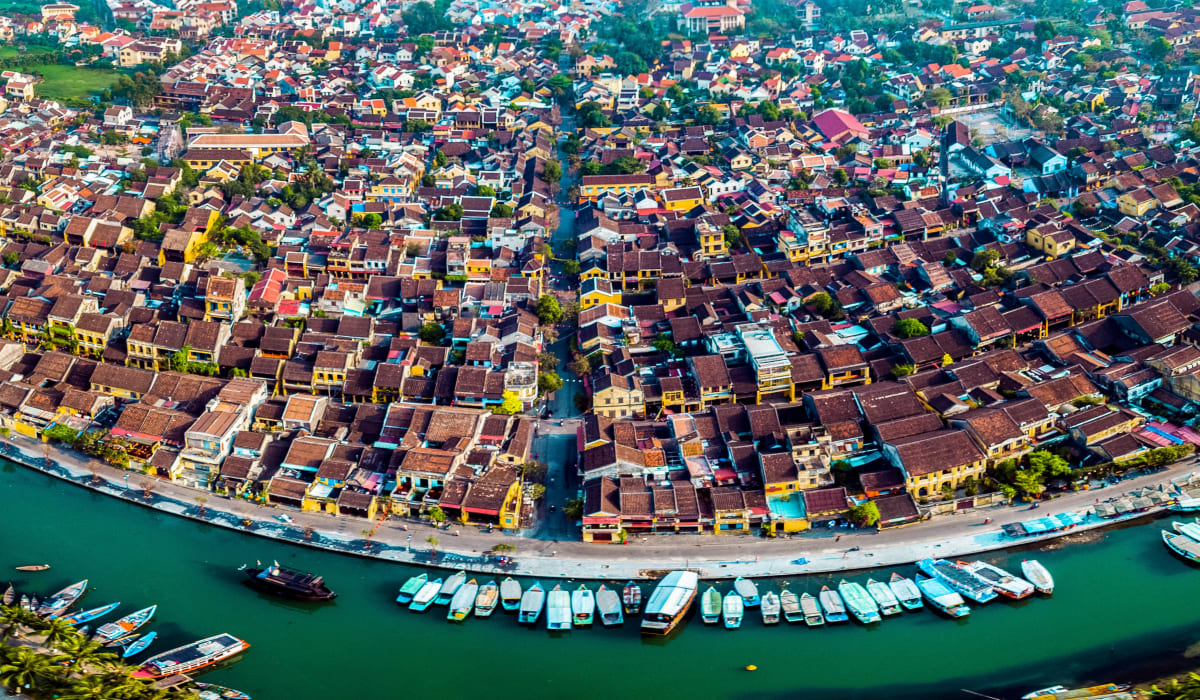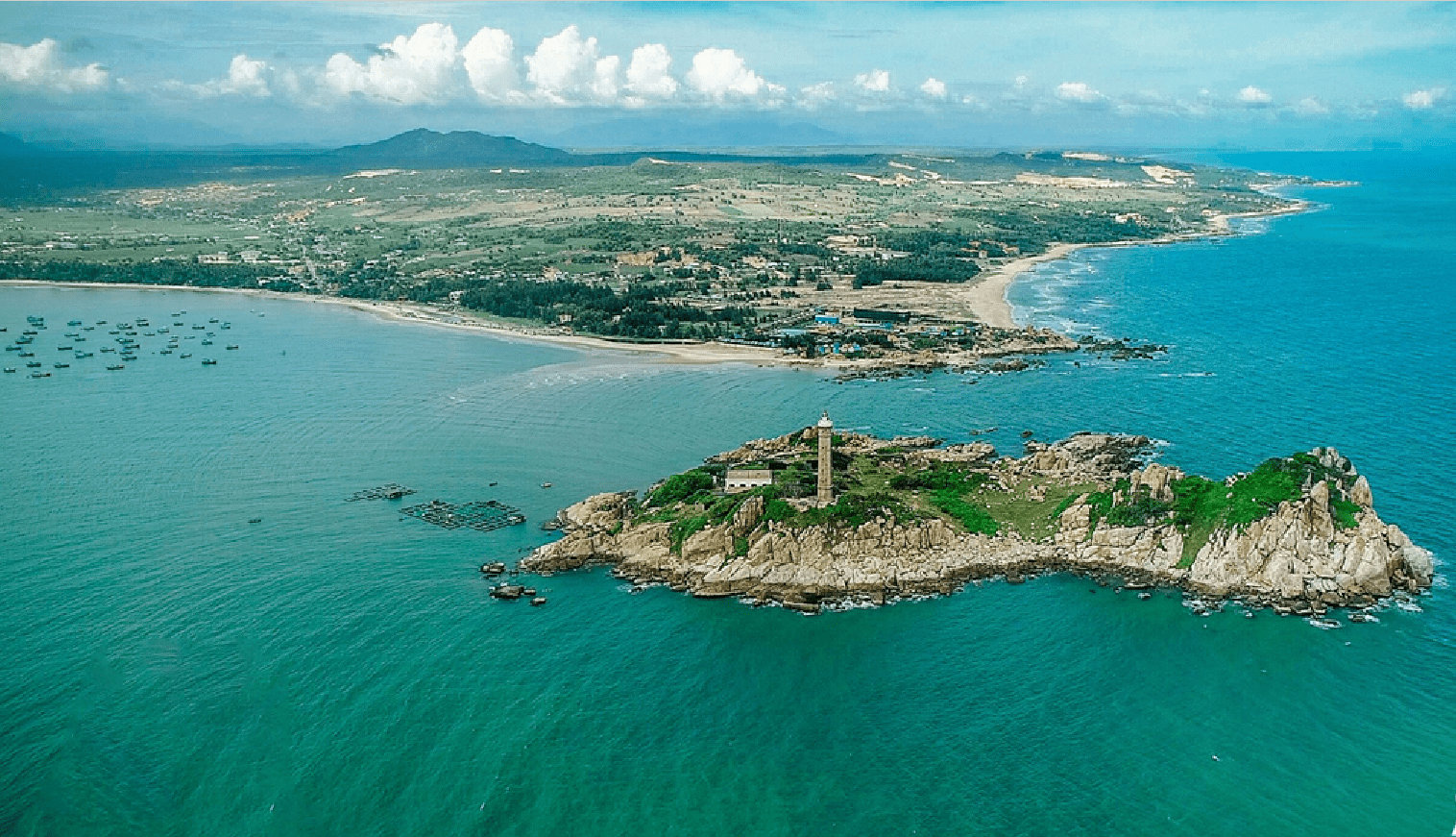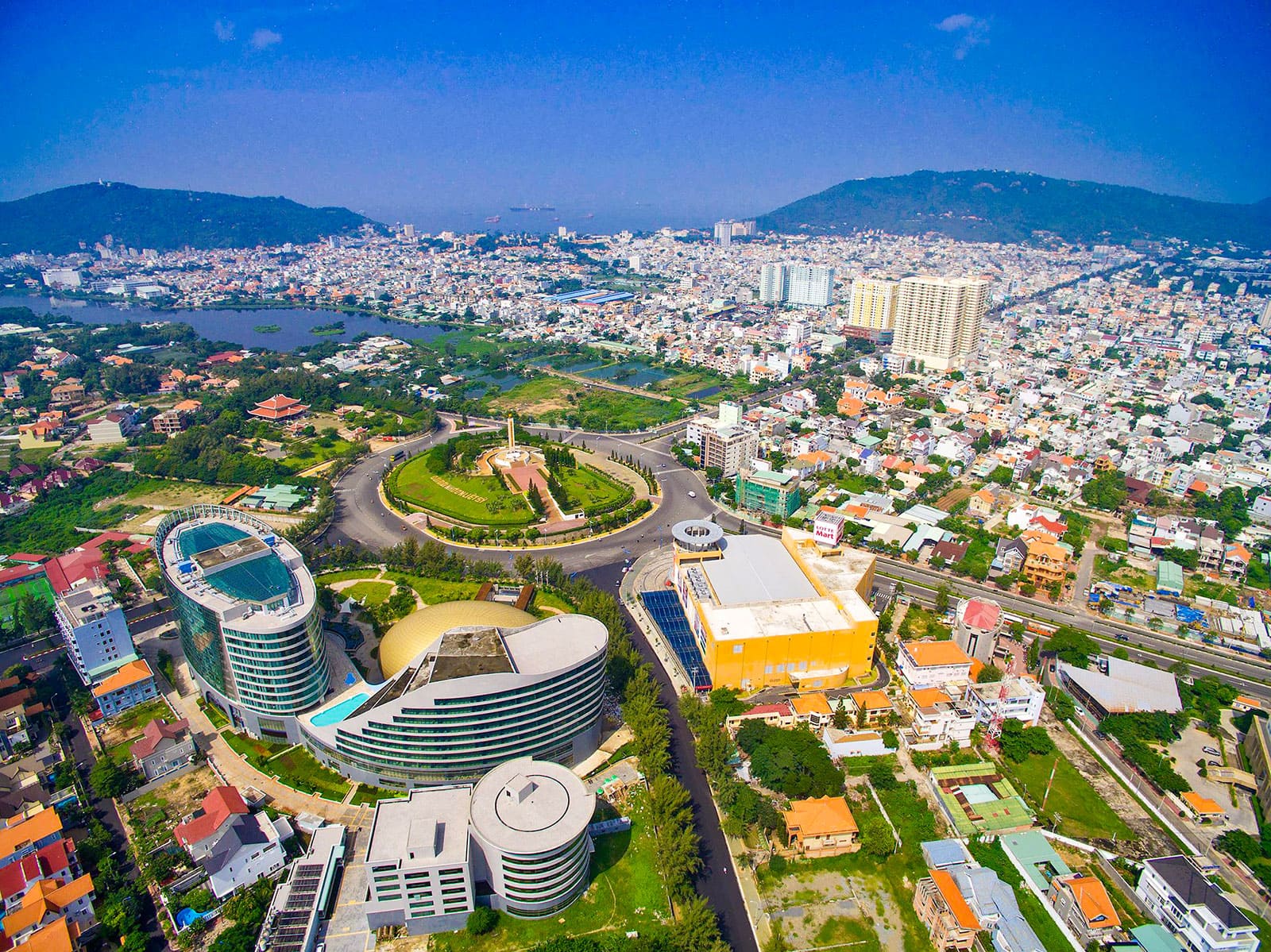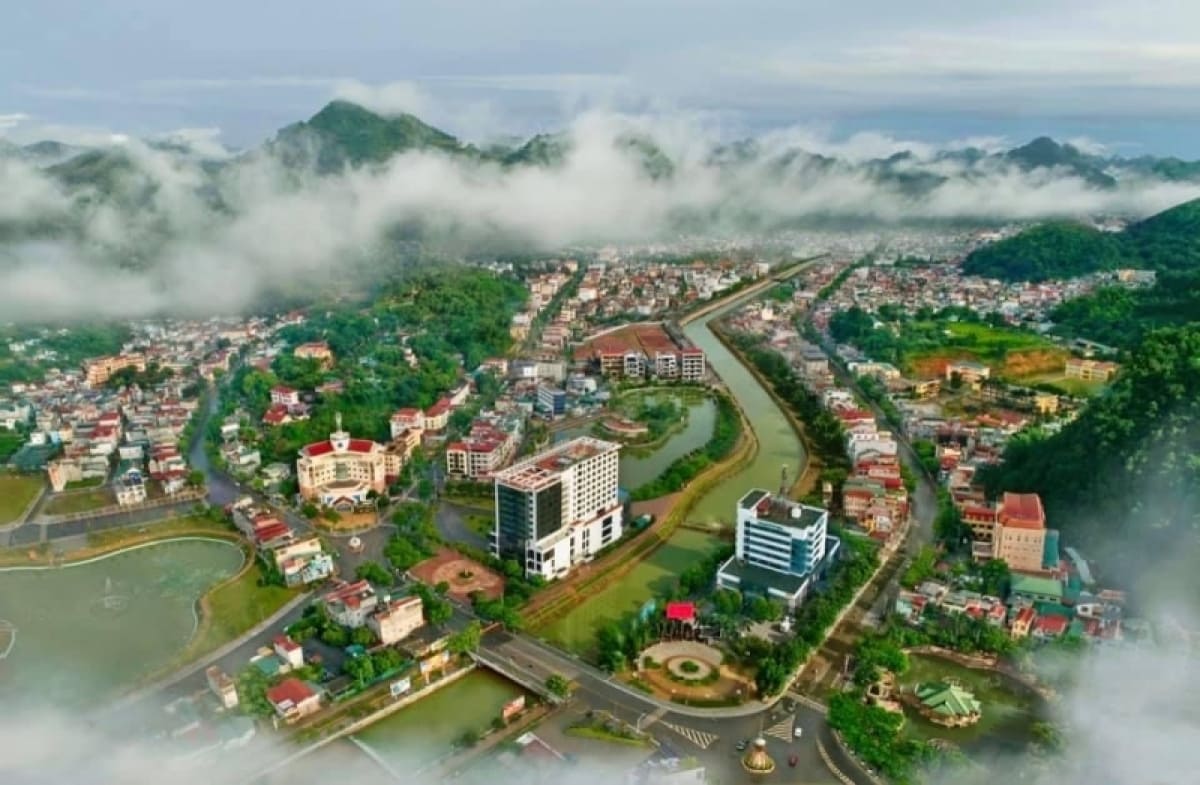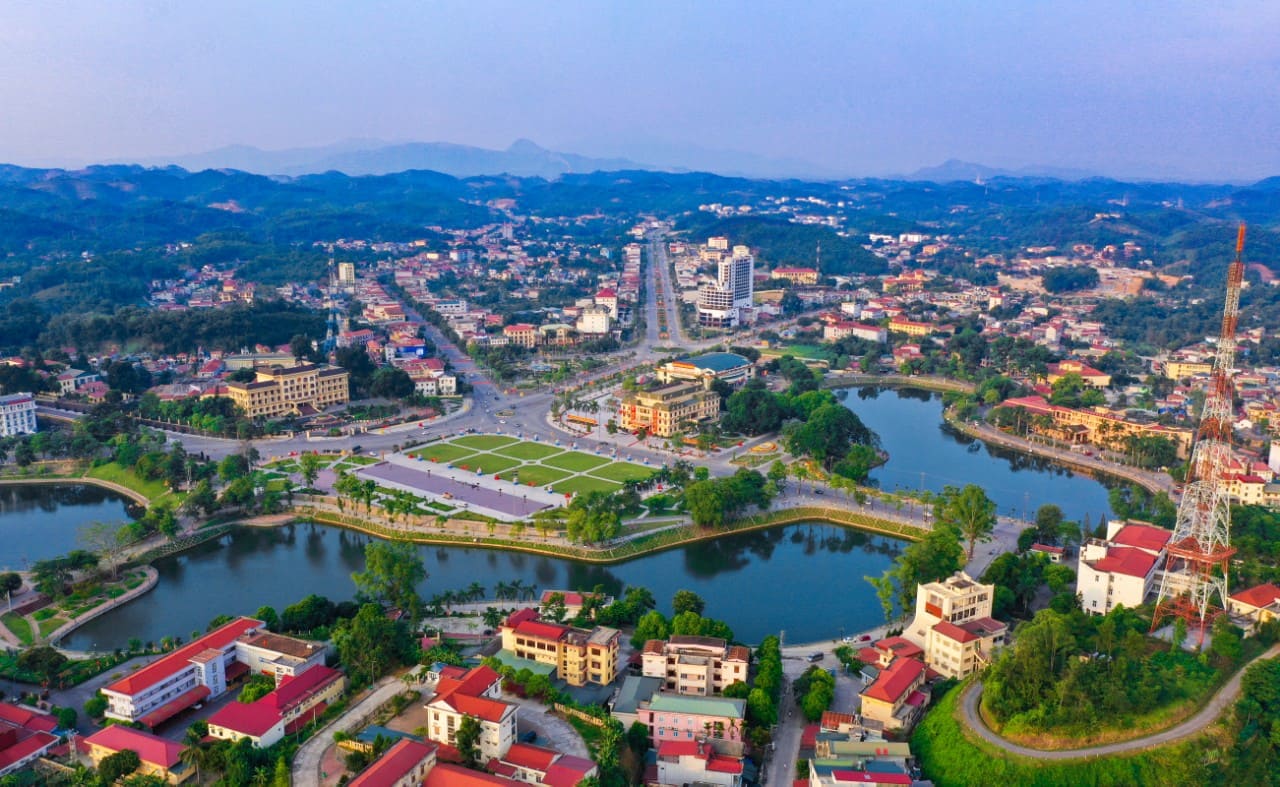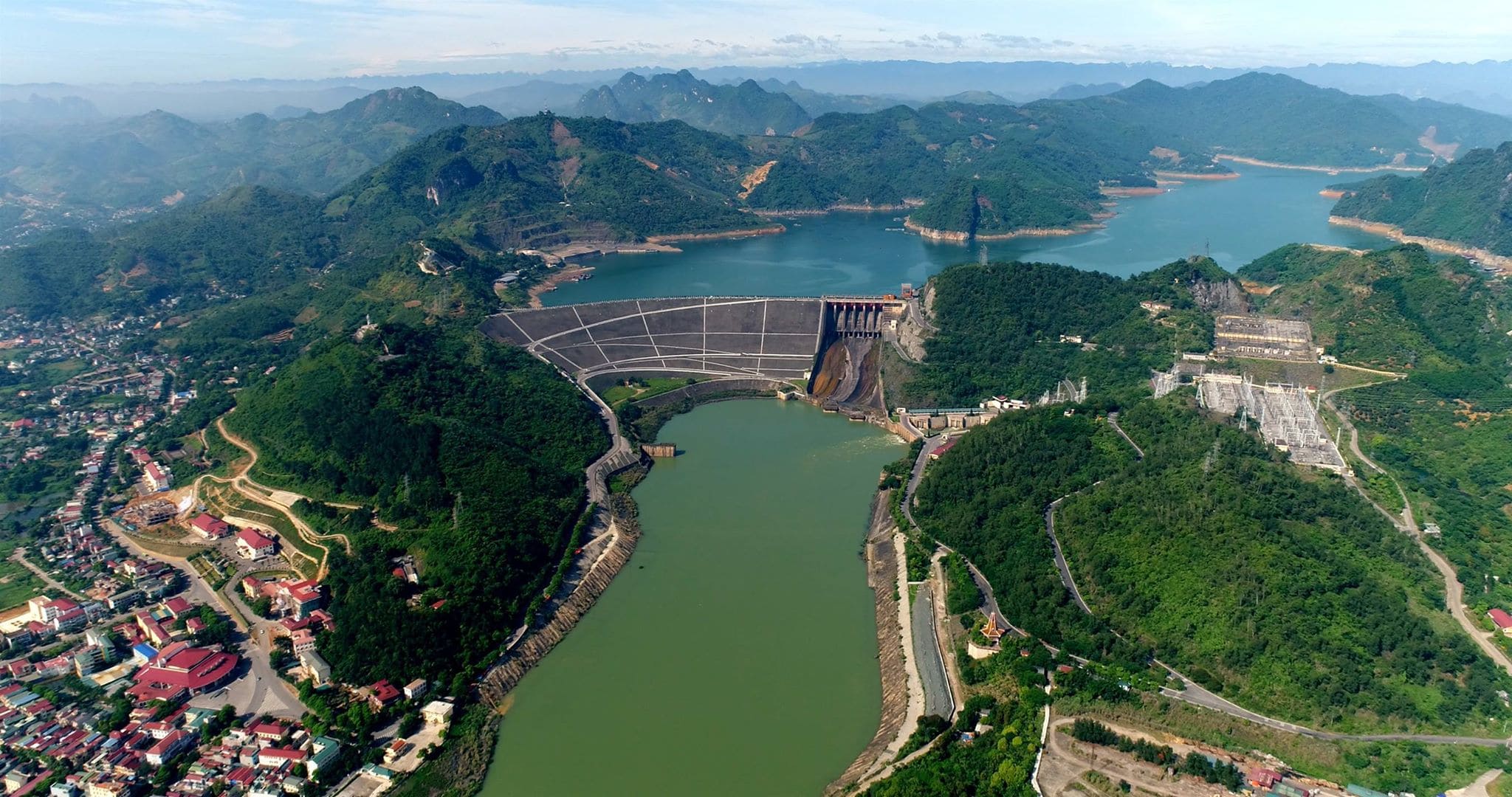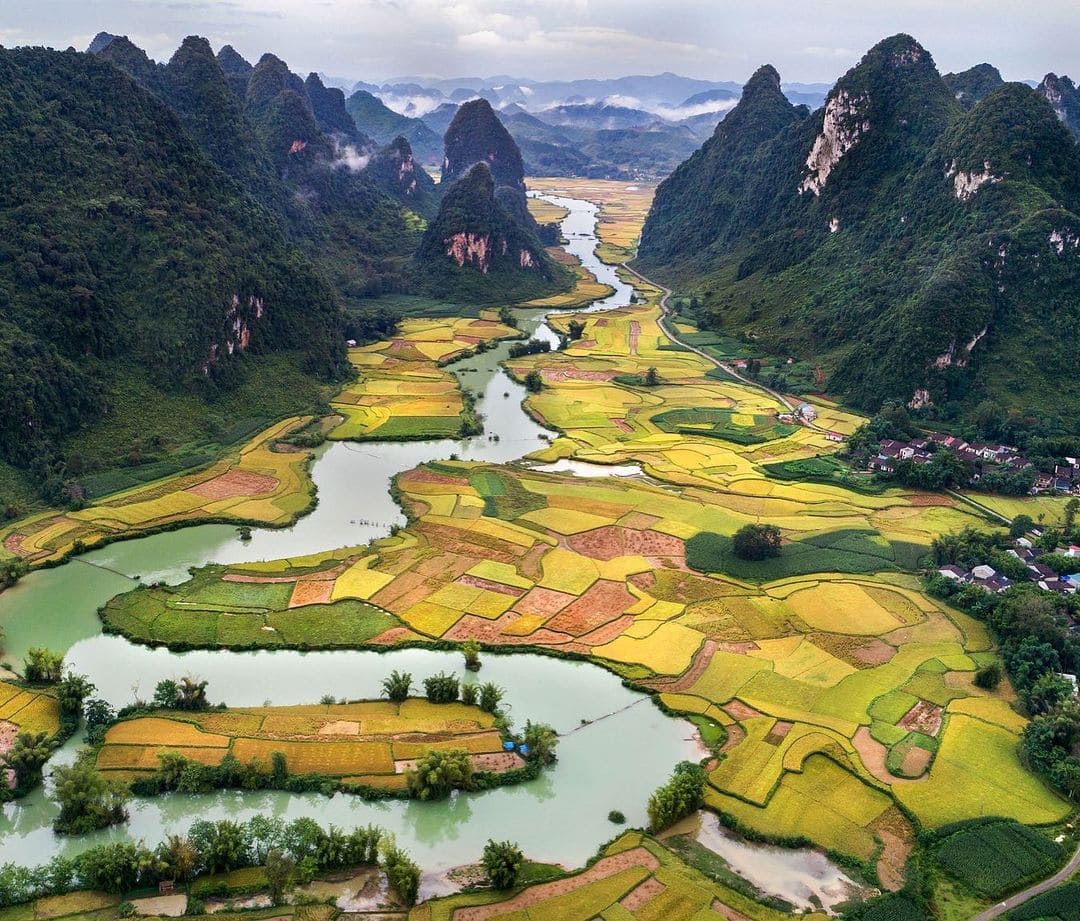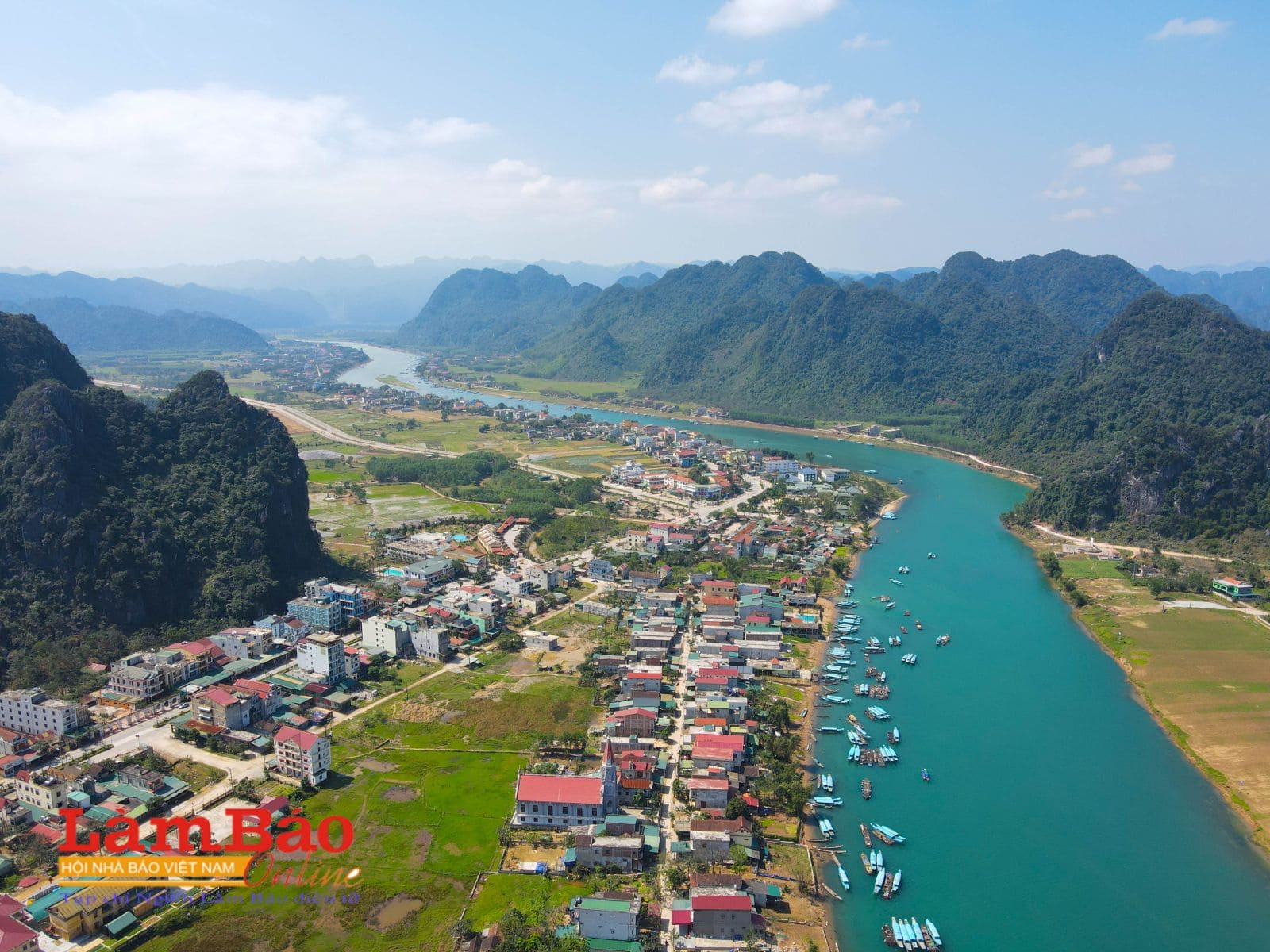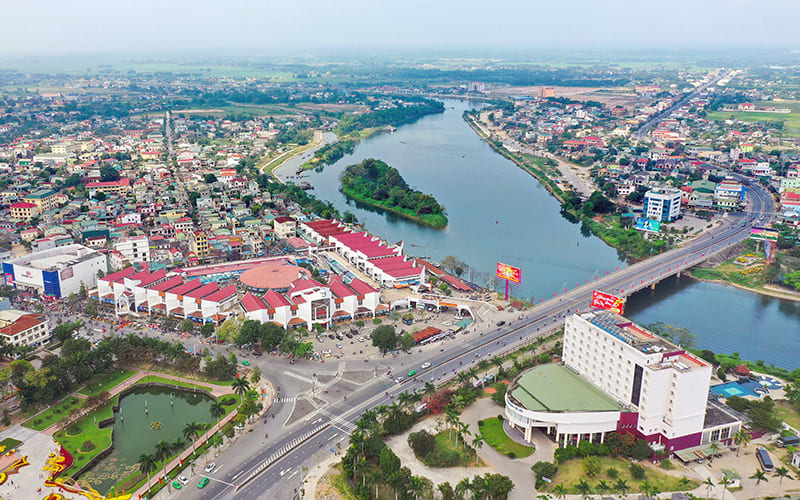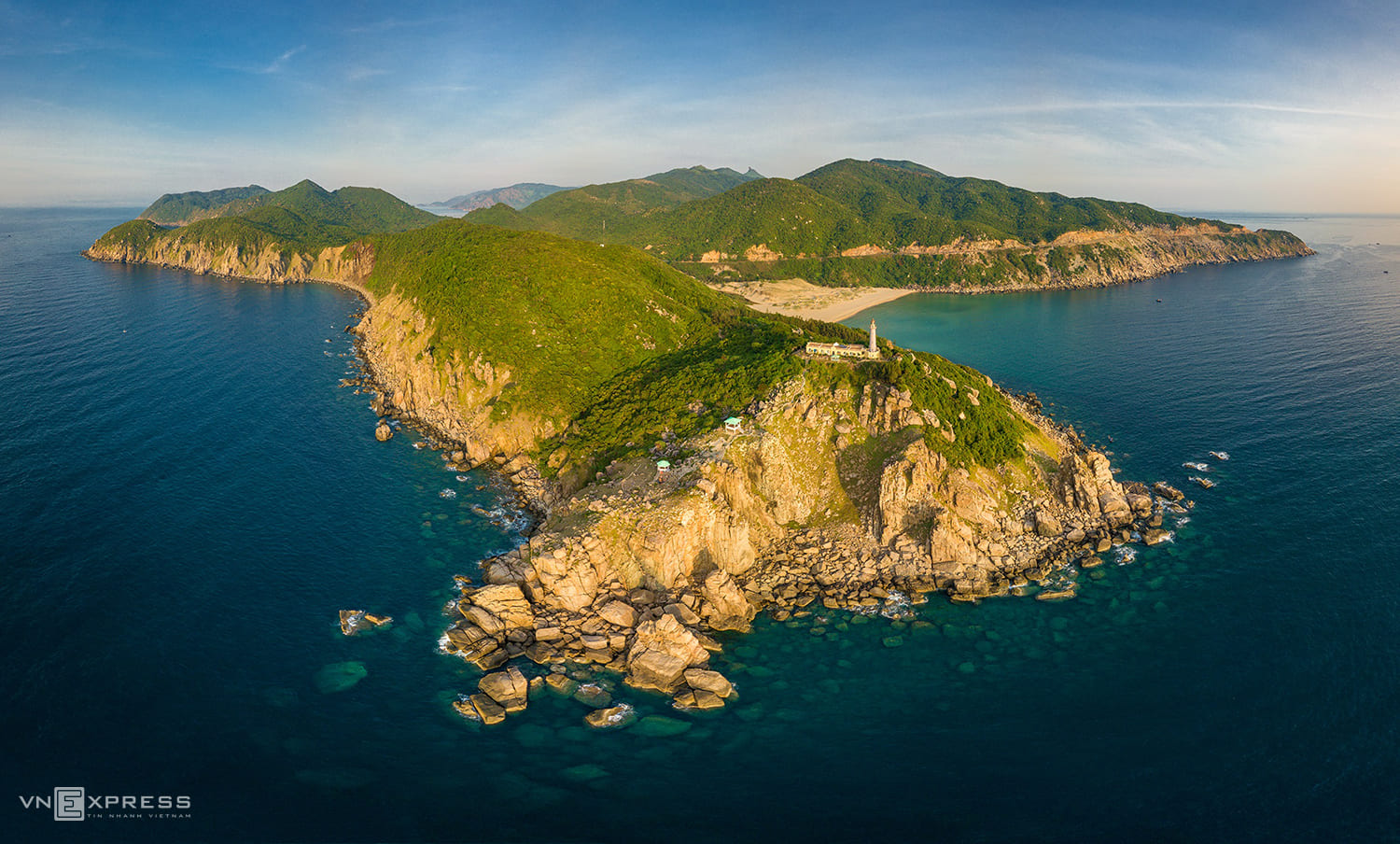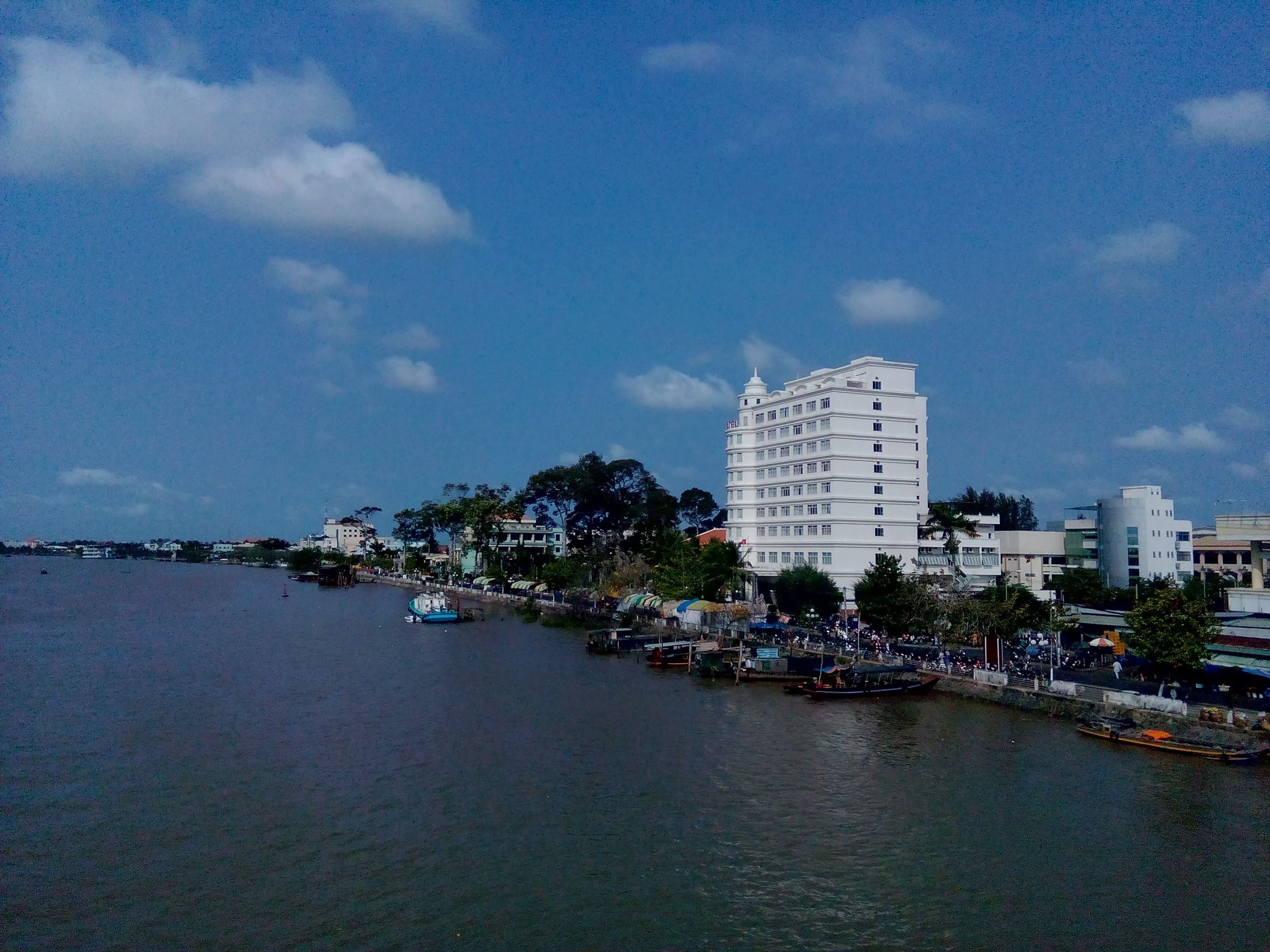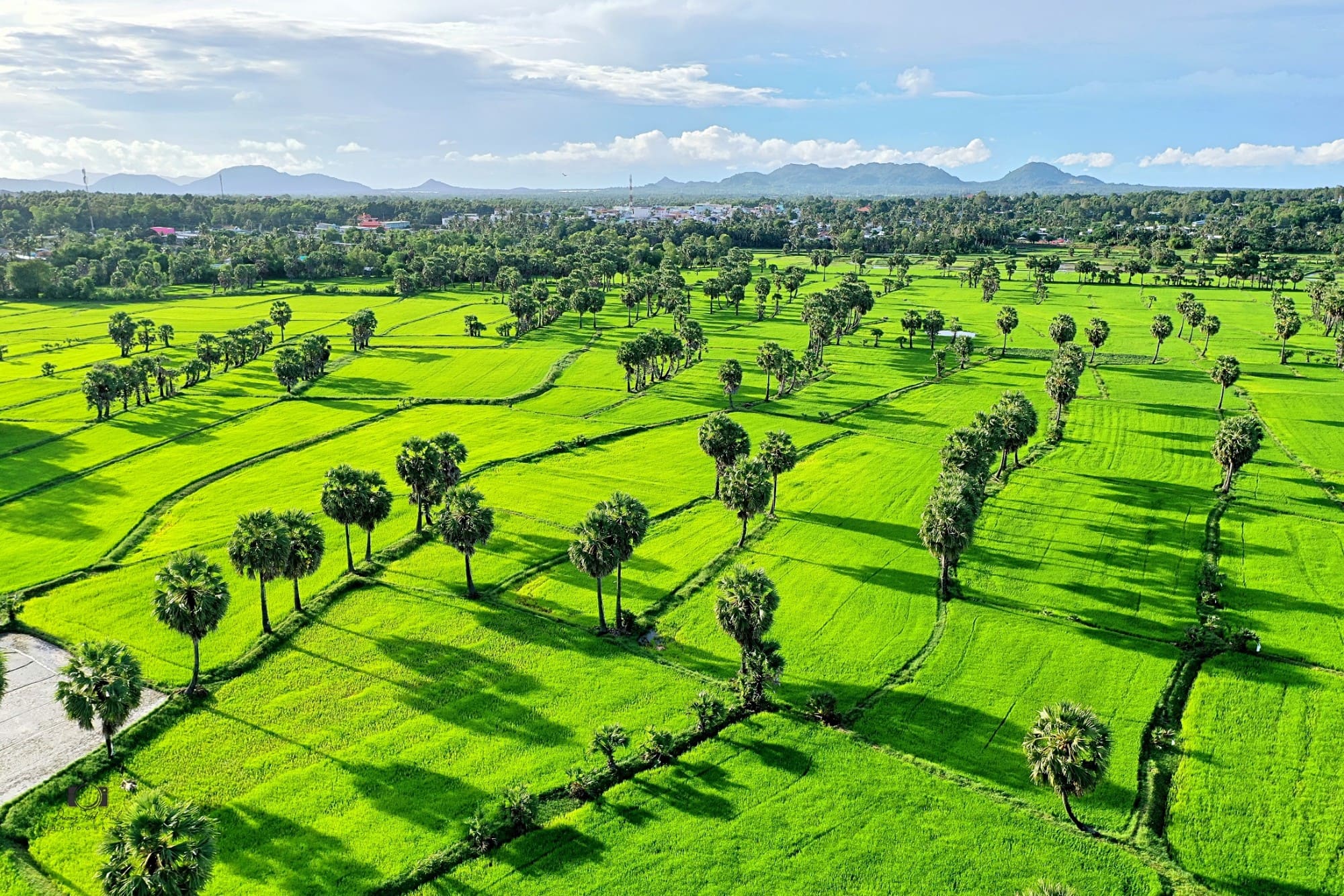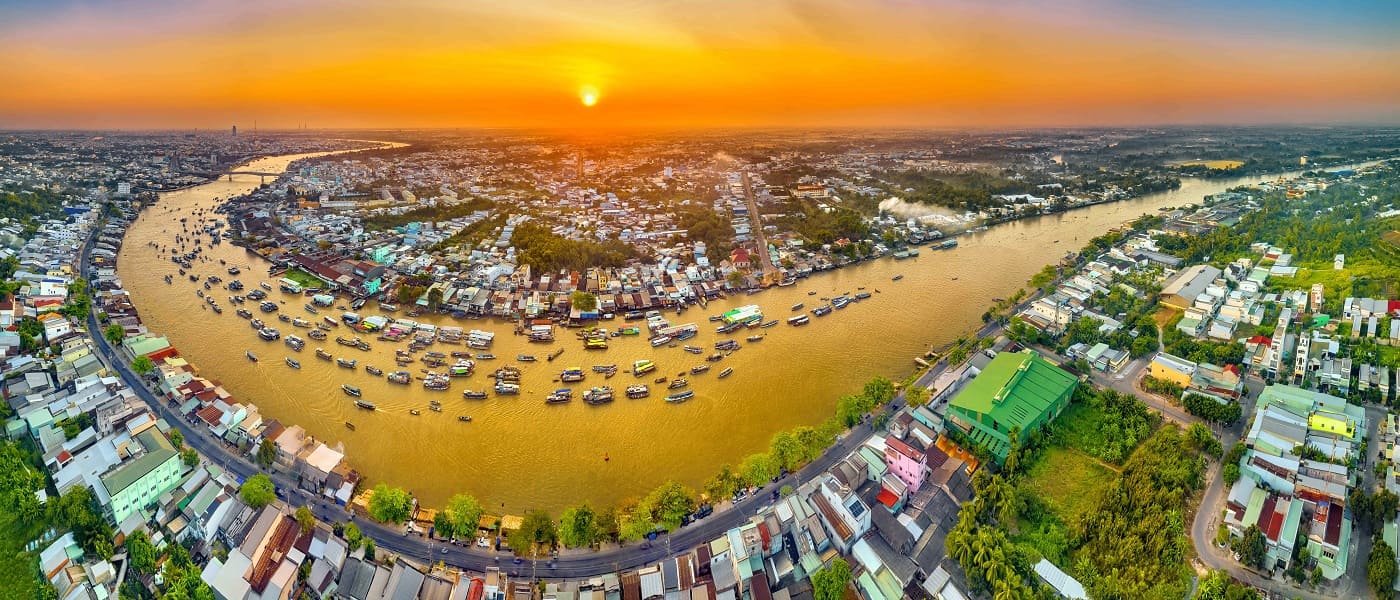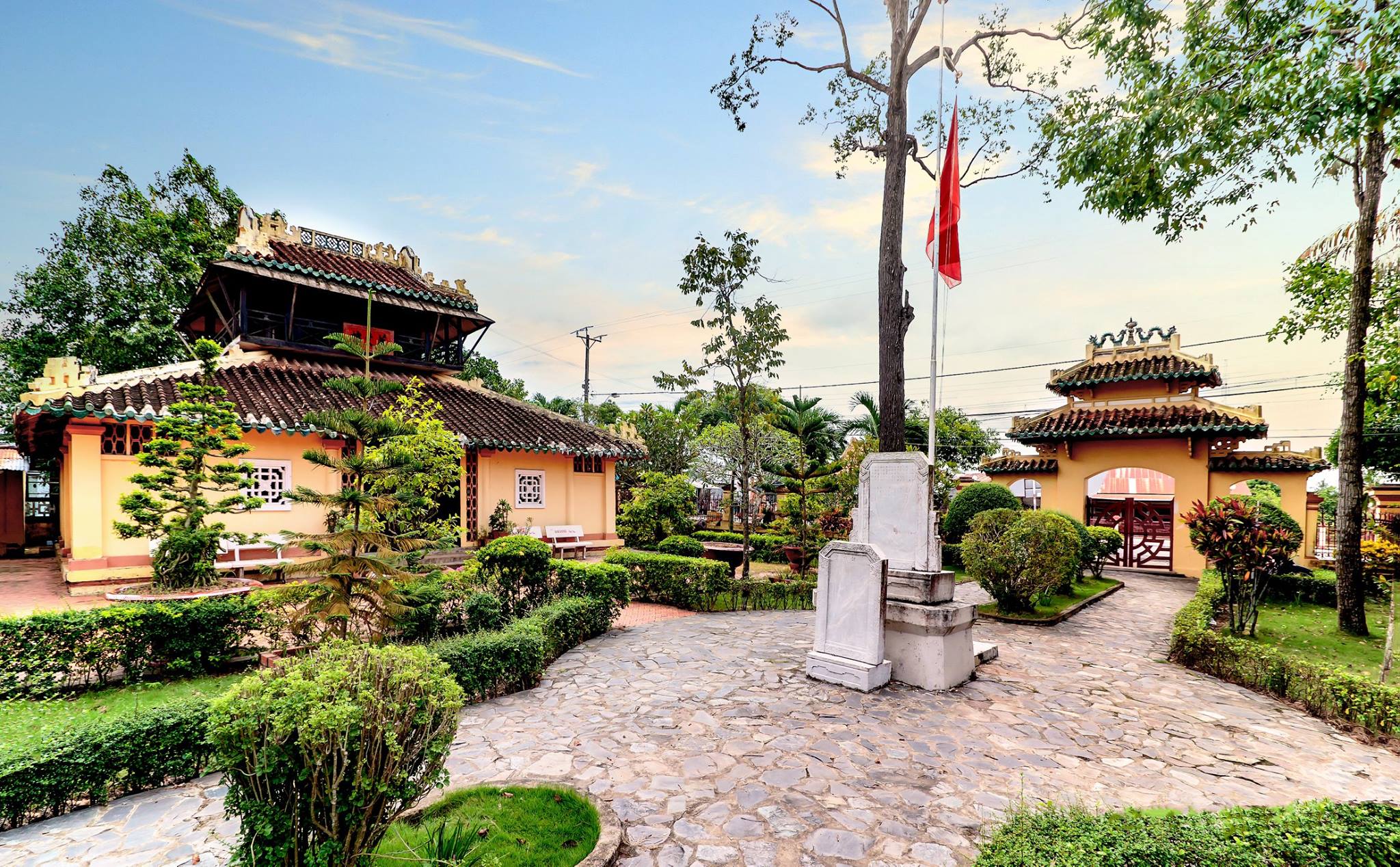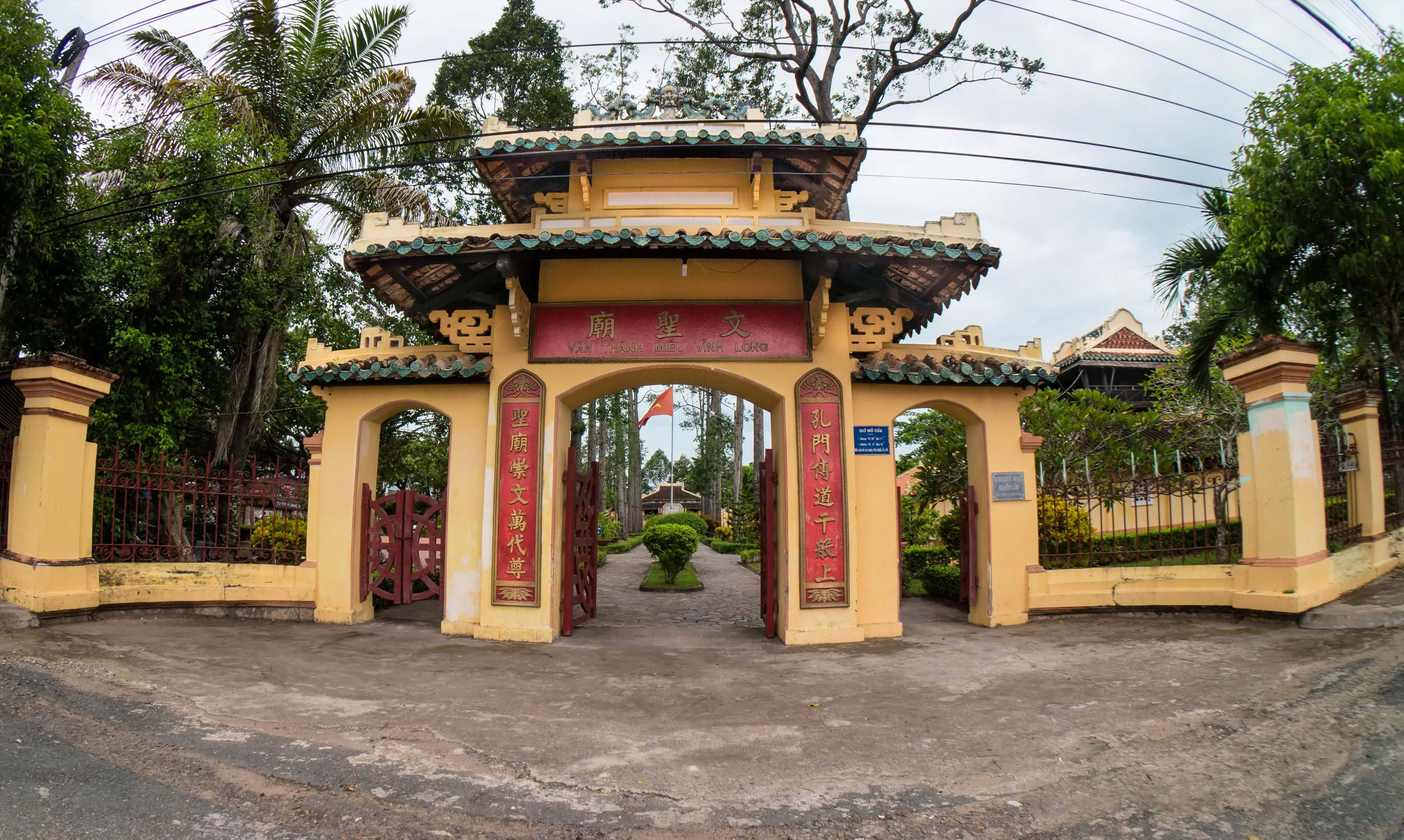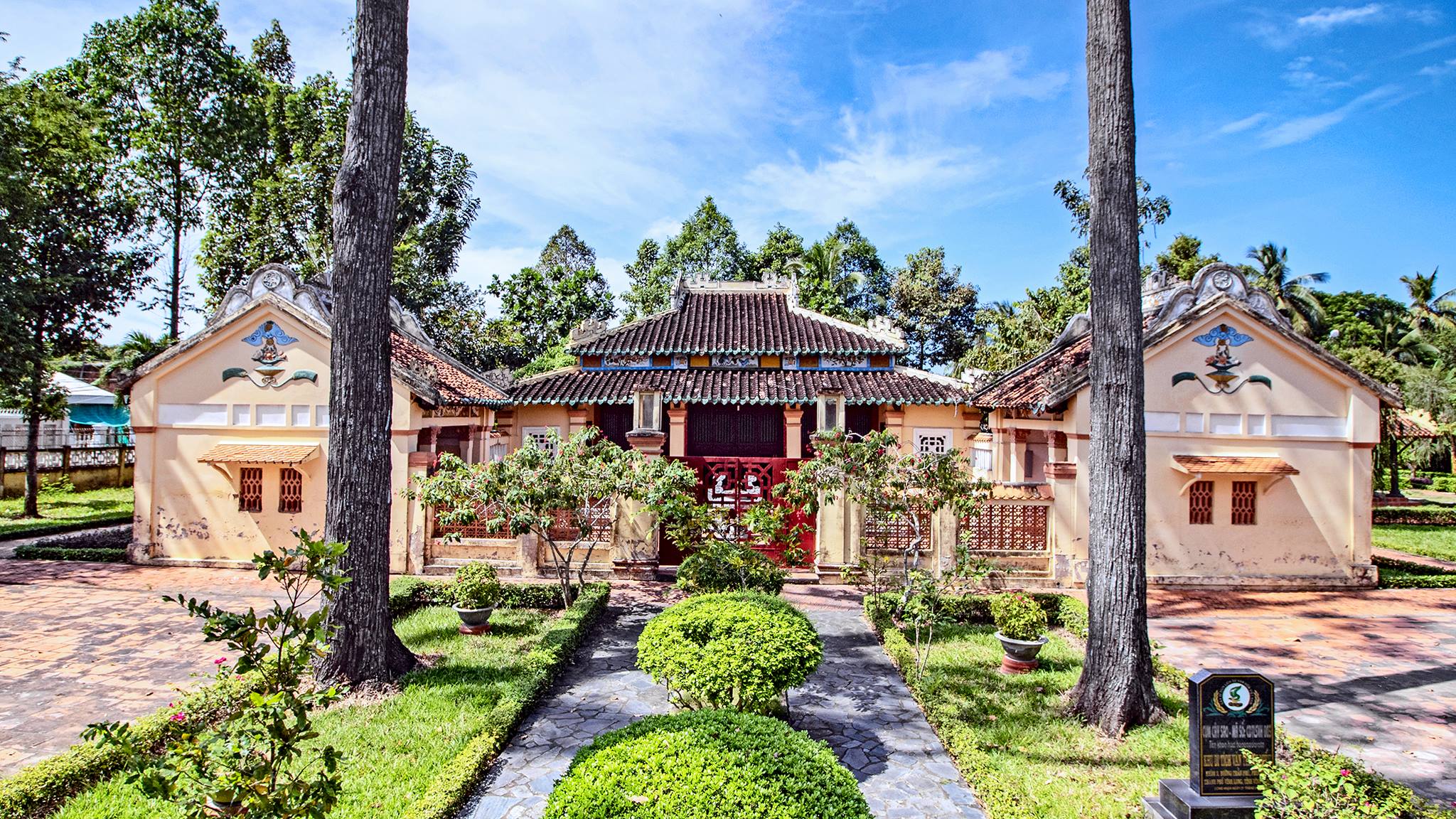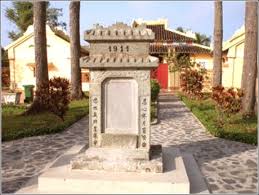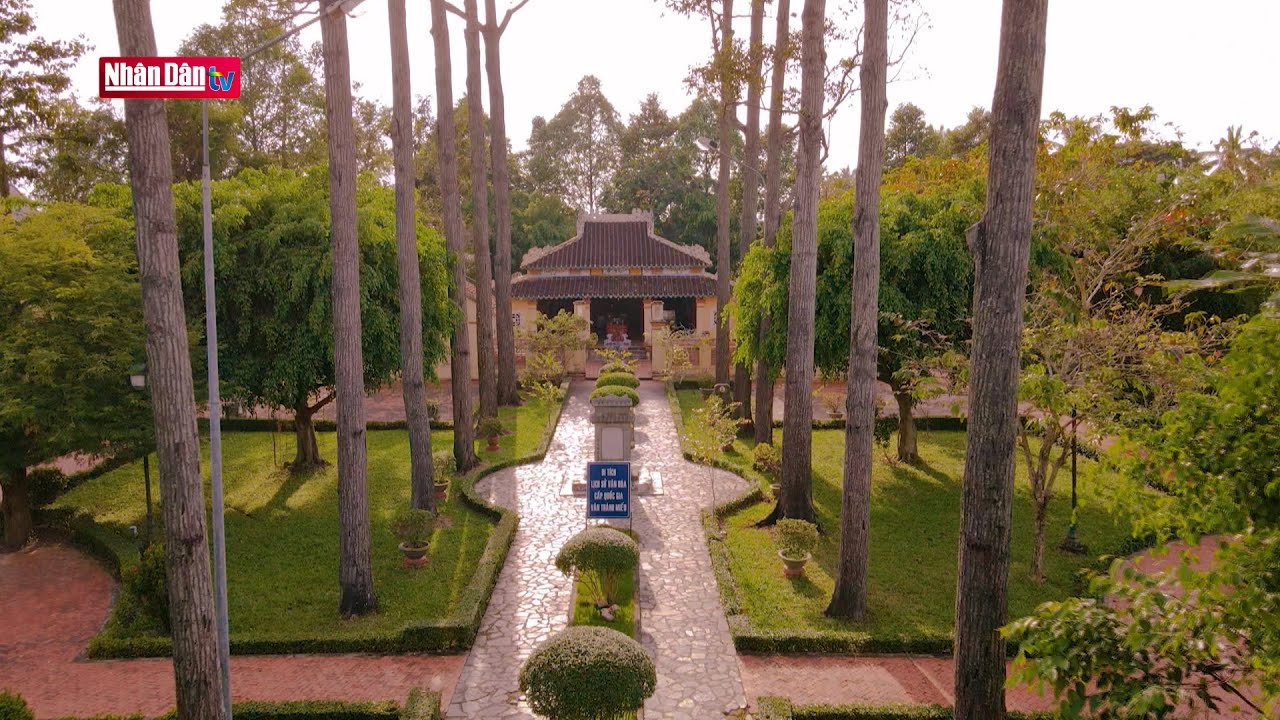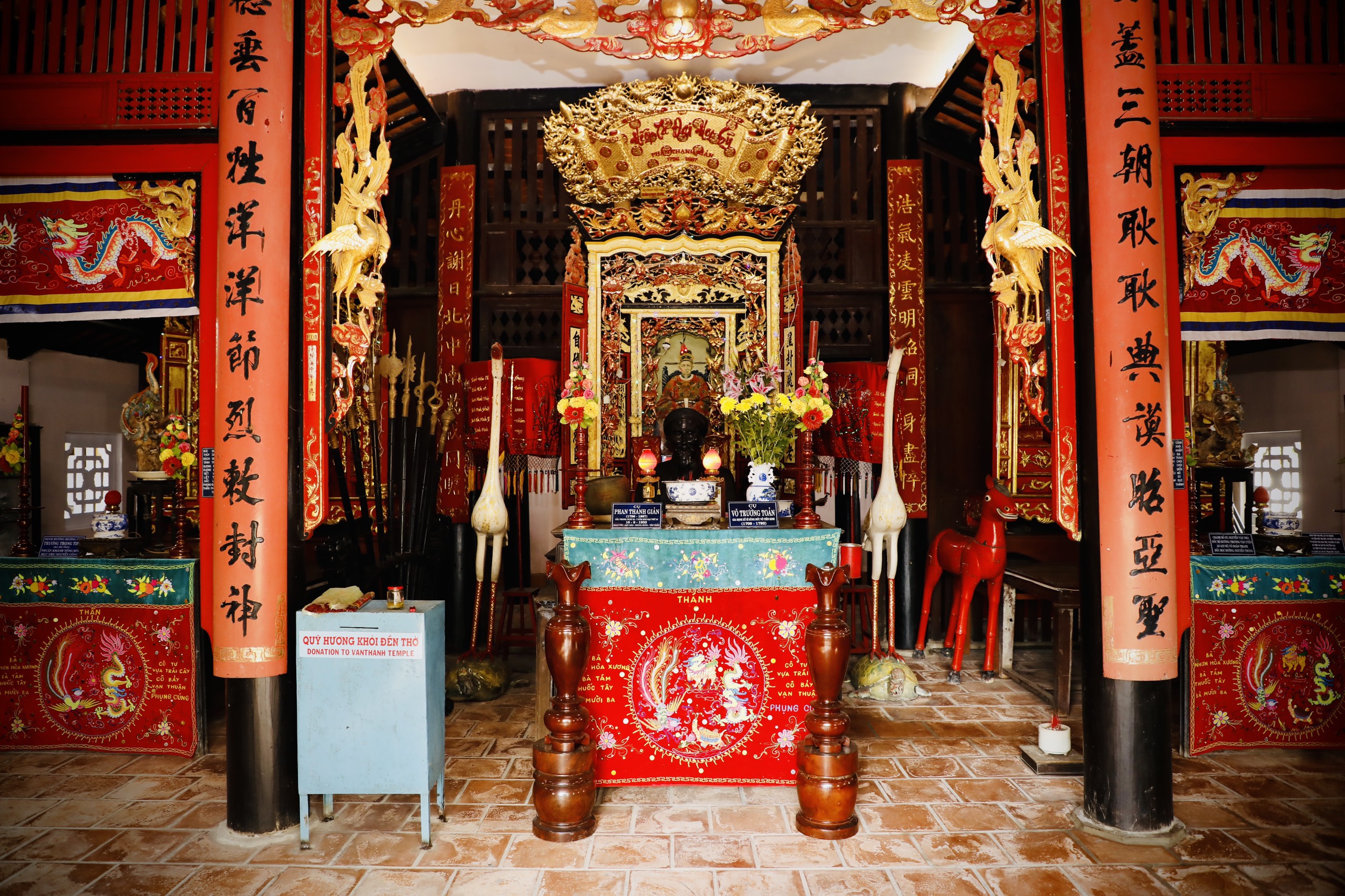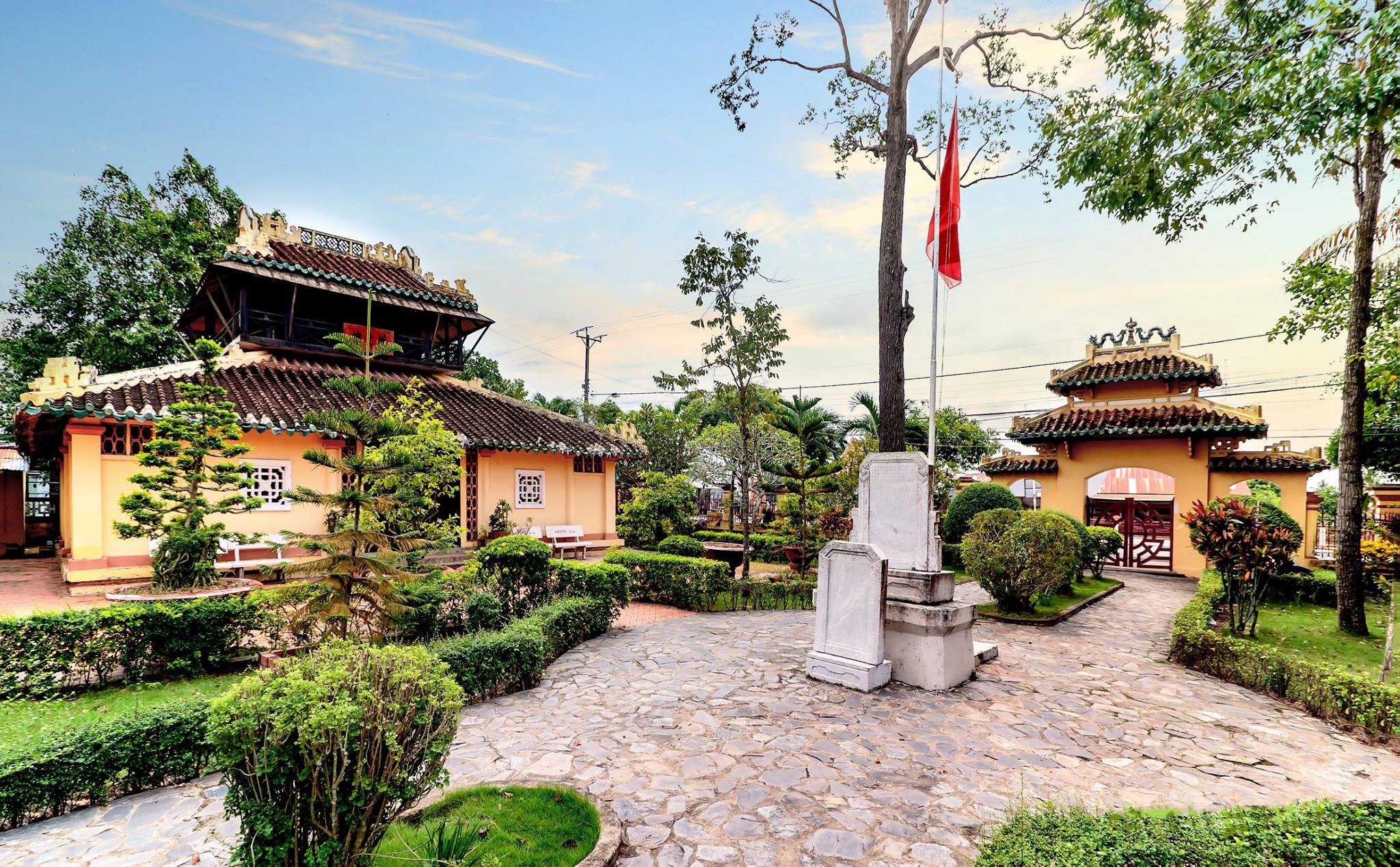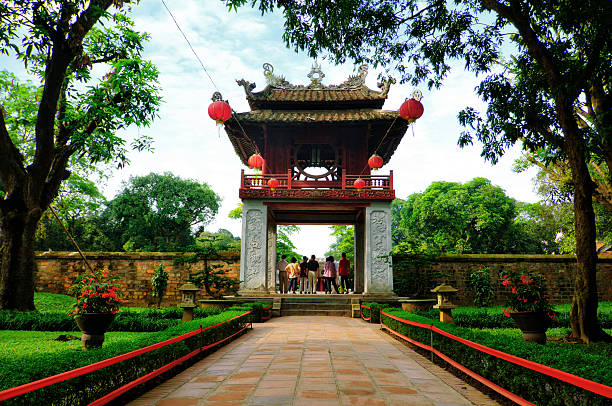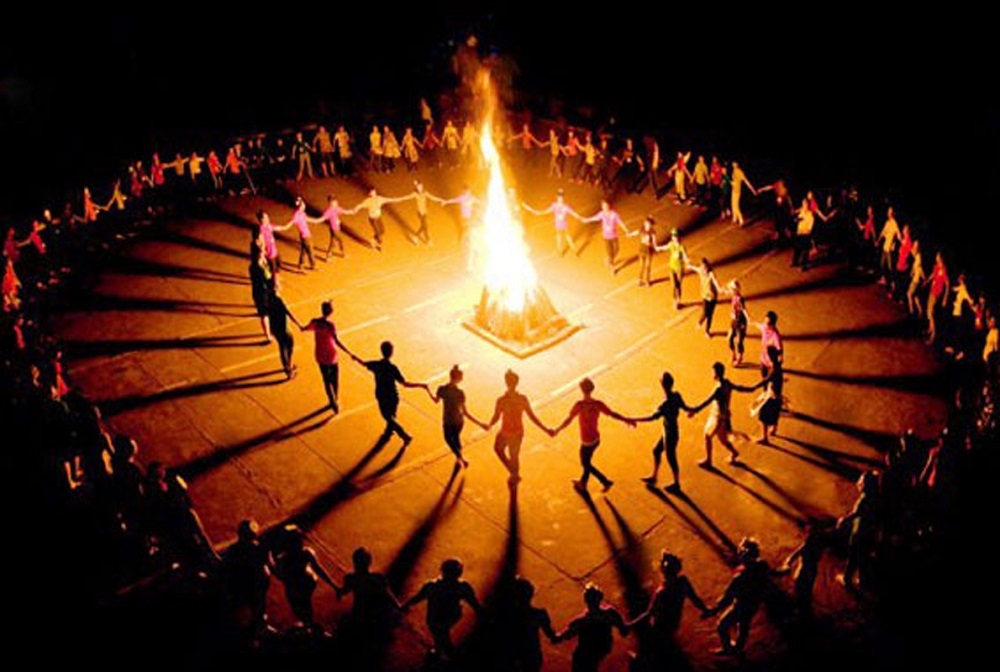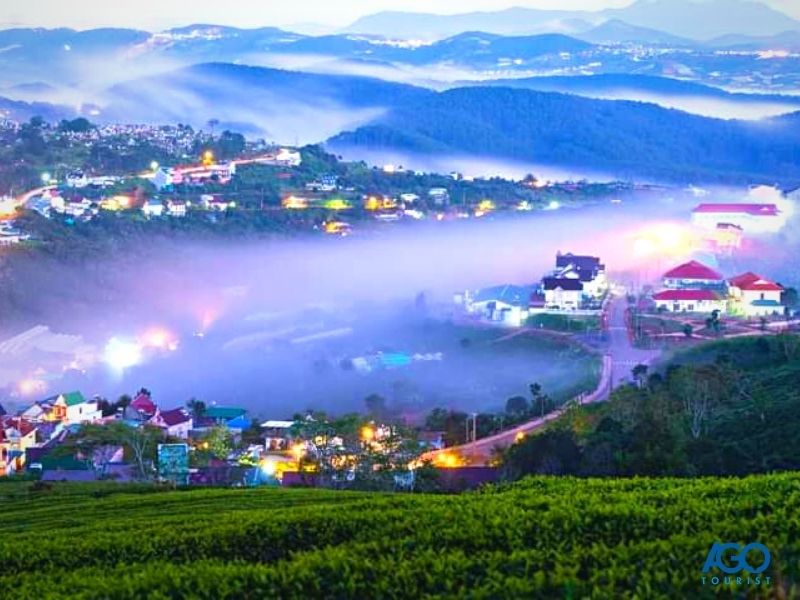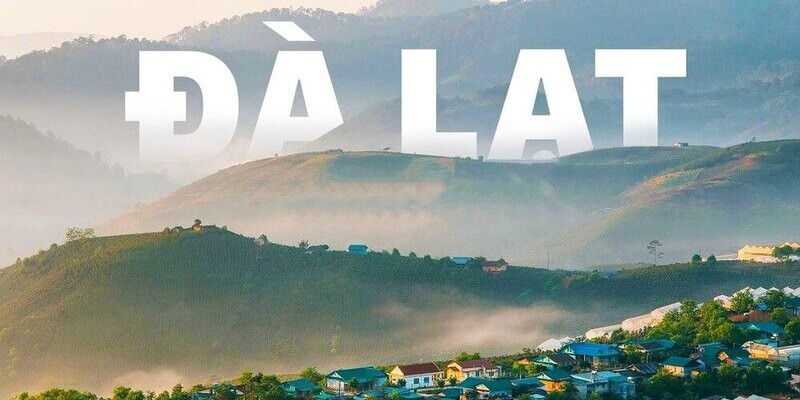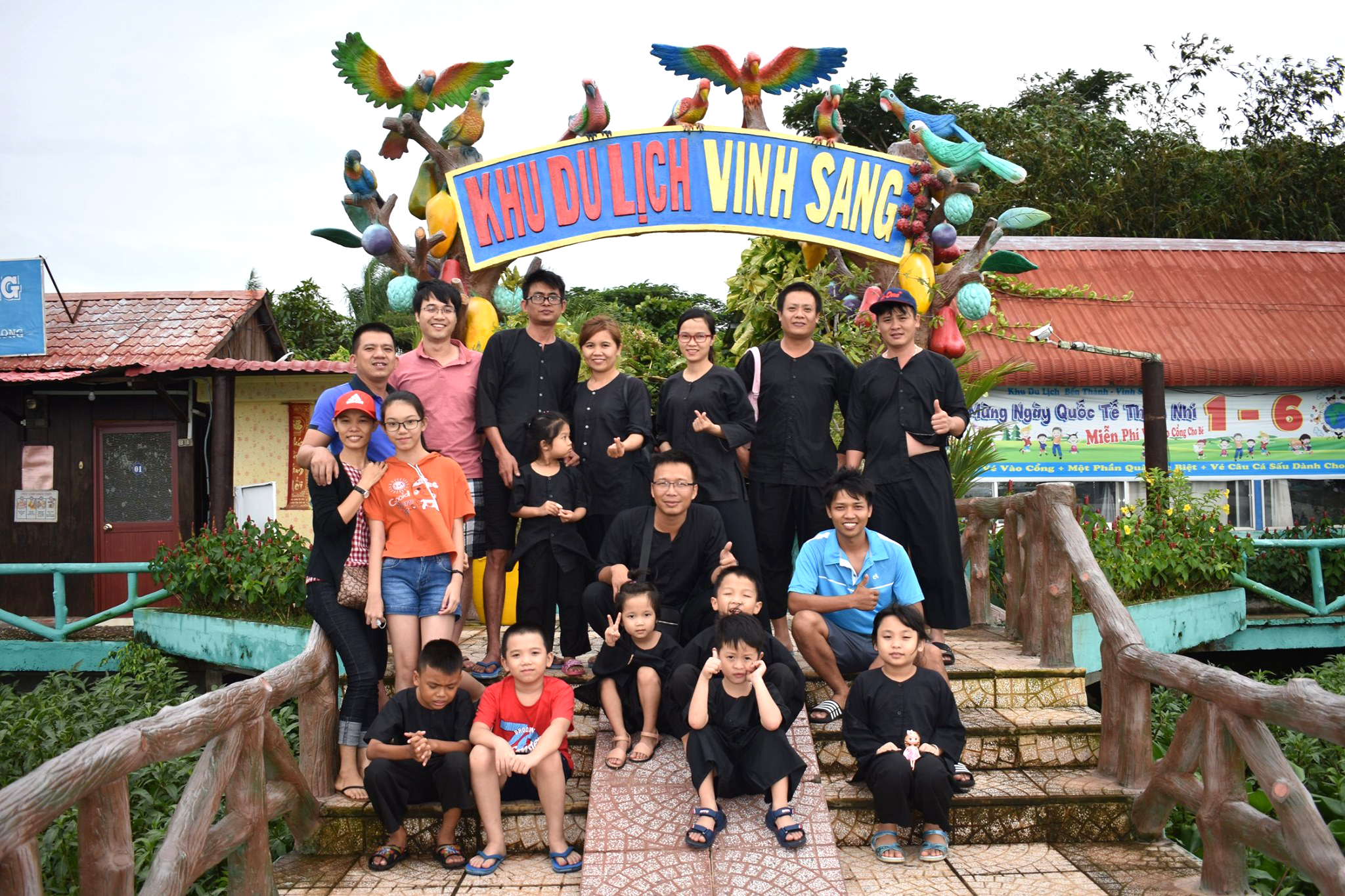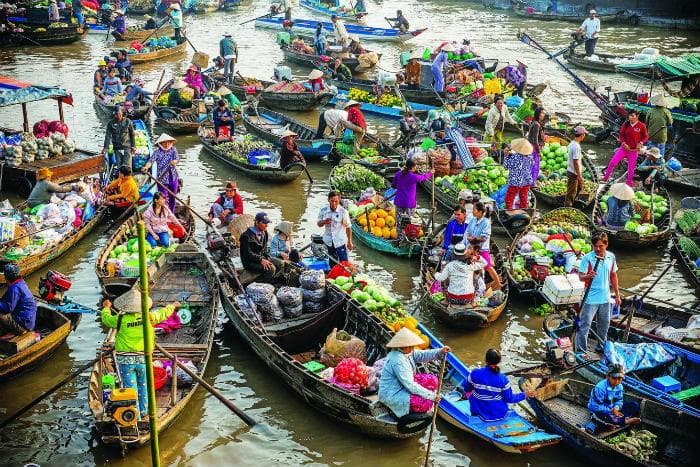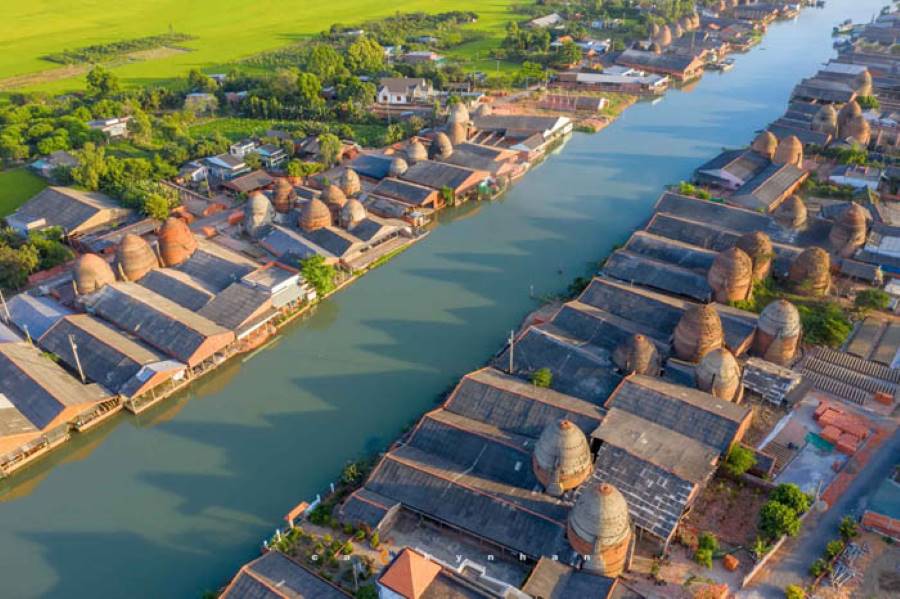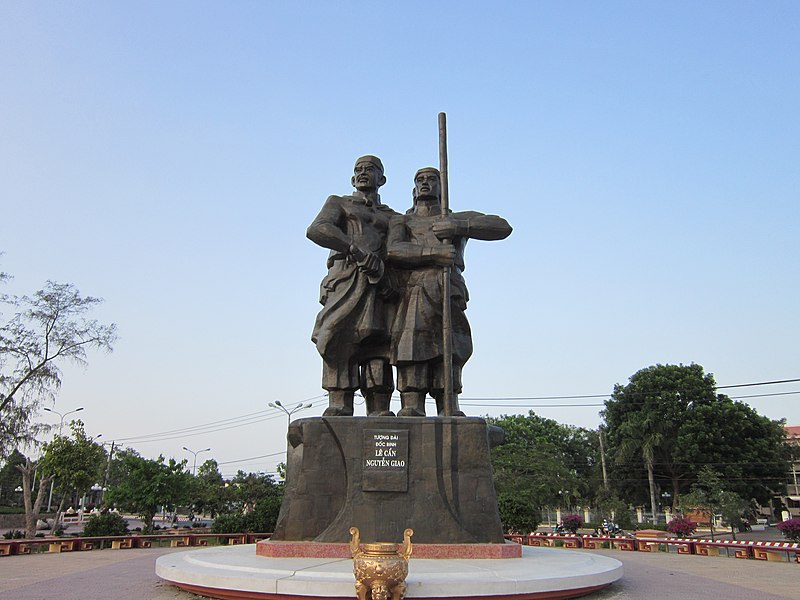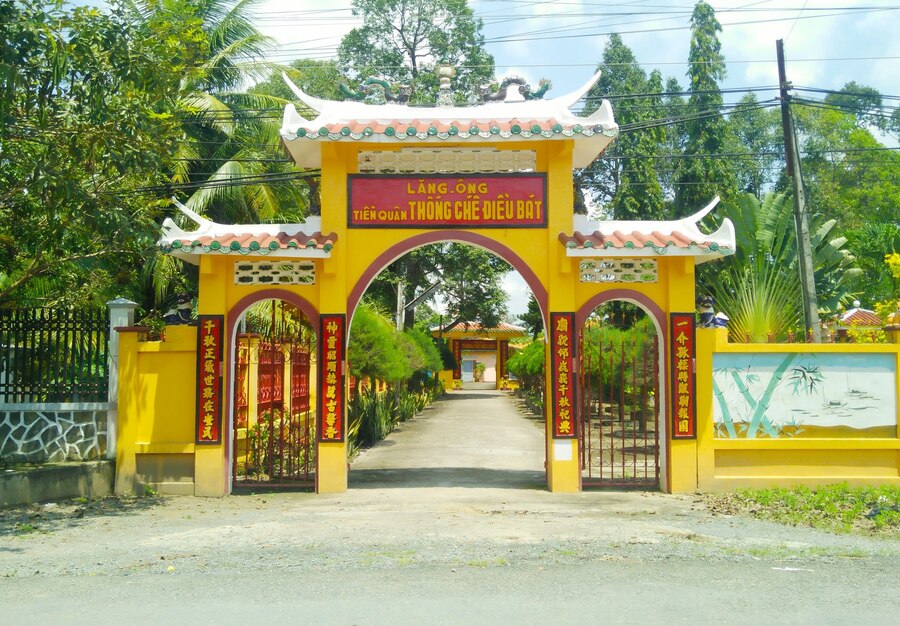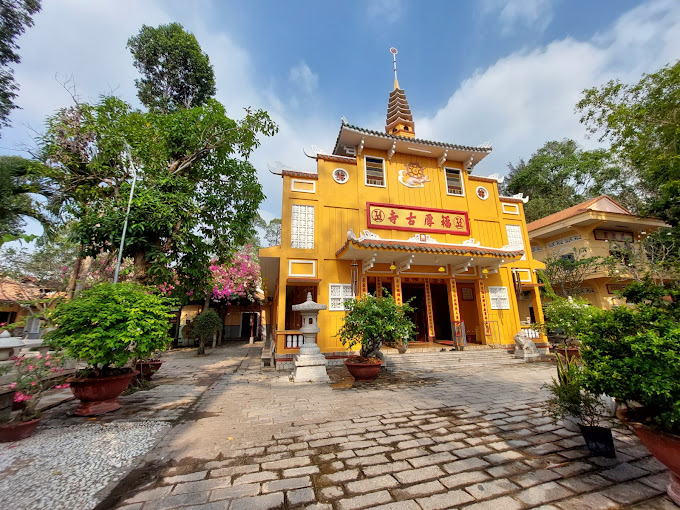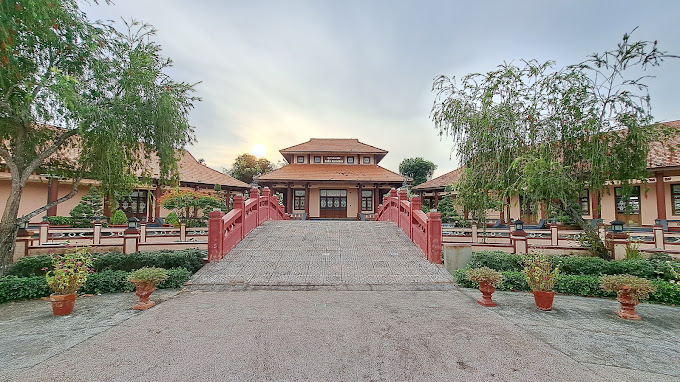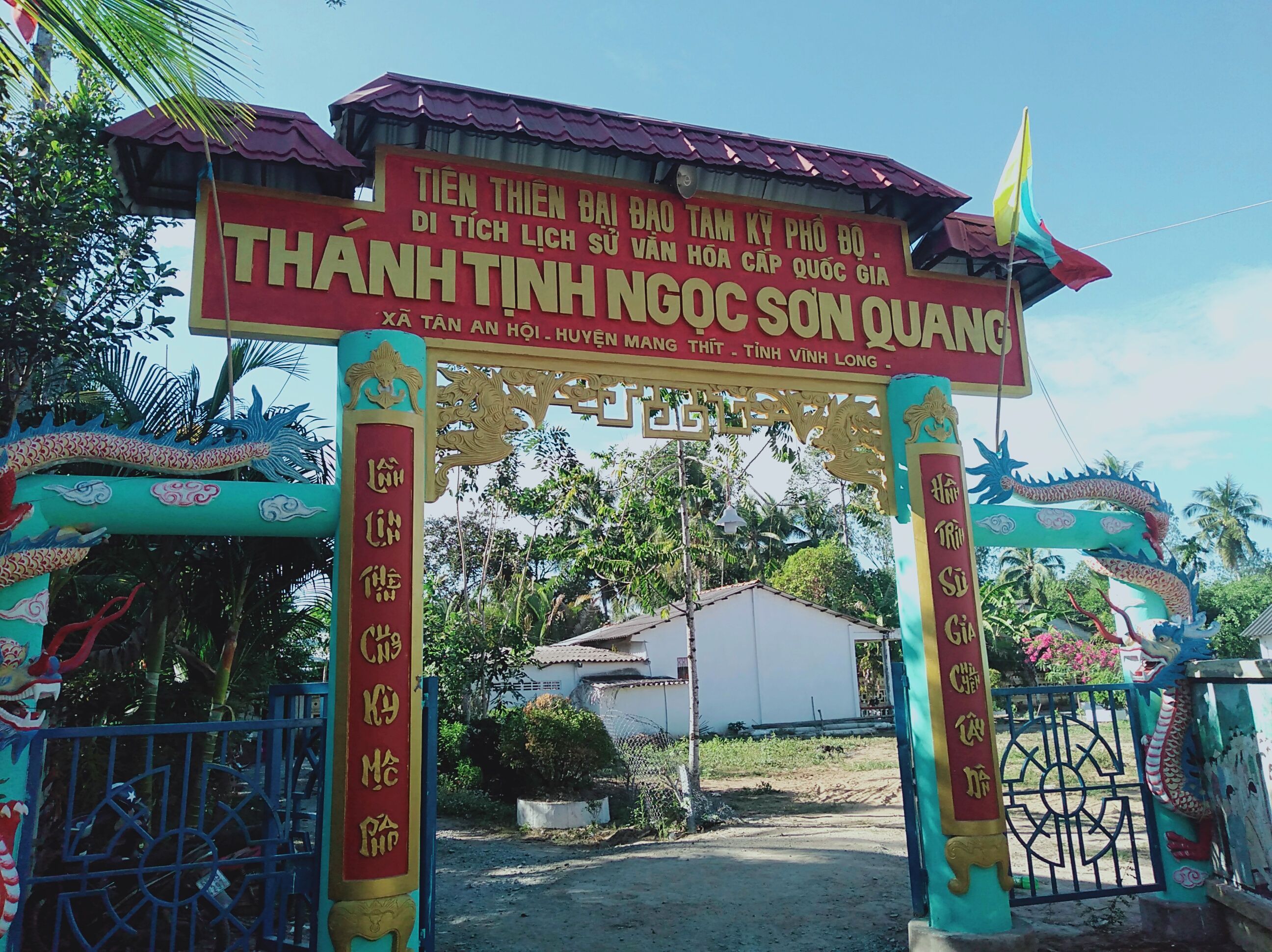Coming to Vinh Long, a city on the banks of the romantic Co Chien River, visitors will visit many famous historical and cultural relics. One of them is Van Thanh Mieu, a typical architectural work left over from the Nguyen Dynasty after the French army occupied Vinh Long citadel. This place is known as the "Quoc Tu Giam of the South", preserving many precious stories about the studious spirit of our ancestors in ancient times. Vinh Long Temple of Literature is located in Long Ho village, Binh Long district, Vinh Long province, southeast of Vinh Long city, now in ward 4, Vinh Long city. When traveling to Vinh Long, if you want to visit the Temple of Literature, from the center of Vinh Long city, follow Tran Phu street along Long Ho river, only a short distance of about 2km to get there. Van Thanh Temple Vinh Long is one of the first three Van Thanh Temples built in the South. The other two Temples of Literature are located in Bien Hoa city, Dong Nai province and ancient Gia Dinh land. The project was started in 1864 and completed in 1866 by Doc Nguyen Thong, worshiping Confucius and his students. Although nominally promoting Confucianism, in reality this is a venue for cultural activities that promote sages and educate patriotism. When Van Thanh Temple's construction was completed. The Temple of Literature Association was born to take charge of management and worship. The Hue court guided the rituals and sacrifices and assigned 20 temple attendants to take care of Van Thanh Temple. This place became the cultural center of the southwestern region. Scholars and guests gathered here to discuss poetry and world affairs. In 1867, after occupying Vinh Long, the French colonialists destroyed the cultural works left by the Nguyen Dynasty and intended to destroy the Temple of Literature. Implementing the teachings of Mr. Phan Thanh Gian, Mr. Truong Ngoc Lang (ie Mr. Non) sought many measures to protect Van Thanh Mieu - the cultural heritage of Vinh Long land. After occupying Vinh Long, the French colonialists used the excuse of lack of wood to build the Provincial Governor's Palace, intending to destroy Van Thanh Temple. At that time, Ba Ho Truong Ngoc Lang (from Minh Huong) was nominated by his compatriots to join the expeditionary force to retain this cultural work. From then until now, Van Thanh Temple of Vinh Long was renovated in 1872, 1903, 1914, 1933, 1963, 1994, 2006 and 2007. Having gone through many historical events, the building has been restored and renovated many times but still retains its original architecture, and was recognized as a national cultural relic in 1991. The majestic three-entrance gate faces the quiet river, built in the ancient style with a three-storey roof, simple but artistic, with a pair of elegant tureens carved on the two pillars. Behind the gate is the Shinto path leading straight to Dai Thanh Palace. On both sides are two rows of soaring stars of the same age as the Holy Temple. Two straight rows of tall trees give the landscaped garden and relic site a depth and a strangely solemn and quiet atmosphere. On that road, amidst the flowers and leaves, visitors can admire three stone steles that have faded over time. In front of the gate is a stele recording the writings of Mr. Phan Thanh Gian, on the front stating the reason for building the temple, praising the merits of the Saint and the court, on the back praising the names of those with meritorious services. In total, there are three valuable steles marking historical periods associated with the Temple of Literature. In addition to the Phan Thanh Gian stele, there is also a stele recording the temple's restoration in 1903, and a stele recording credit to Ms. Truong Thi Loan (Mr. Truong Ngoc Lang's daughter) for donating land to make flowers and incense sticks. Confucius Temple used to be simple, with tree pillars and a tiled roof on the ground. In 1903, it was replaced with wooden pillars, lined with Chinese bricks, and covered with large and tube tiles. The Confucius Temple has many pairs of parallel tureens and horizontal panels that have historical and cultural value and show the love of learning of the Southern people. The main hall is made in the style of overlapping and spiraling snail steps. The statue of Confucius is worshiped in the middle, flanked by four masters. In addition, the altar on the left and right also worships 12 other great scholars. Outside, two small temples (Ta vu, Huu vu) were built as a place to commemorate the 72 famous students of Confucius. Van Xuong Cac is located right at the entrance to the relic, with two cannons on both sides. These ancient guns from 1921 were placed at the wharf (in front of the current Vinh Long Museum). In 1937, it brought Van Thanh Mieu and in 1960 it was placed majestically on a pedestal. Van Xuong Cac was built in the style of overlapping snail steps. Upstairs is a place to store books and worship Van Xuong De Quan, a god in charge of academic examinations. Downstairs, the middle space is where writers sit and converse, behind is a sophisticatedly carved altar, inside are placed two tablets, with parallel sentences praising the two leading scholars of Gia Dinh land, Vo Truong Toan and Phan Thanh. Simple. Every year, at Dai Thanh Palace, there are worshiping ceremonies for Spring Dinh and Thu Dinh, at Tuy Van Lau, there is a worshiping ceremony for Phan Thanh Gian on the 4th and 5th days of the seventh lunar month, and a worshiping ceremony for fallen loyal mandarins on the 12th day. and October 13 of the lunar calendar. On the occasion of the festival, Van Thanh Temple welcomes a large number of tourists from all over.
Vinh Long 1978 view From January to December
Ngày cập nhật : 01/04/2023


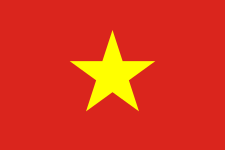 vn
vn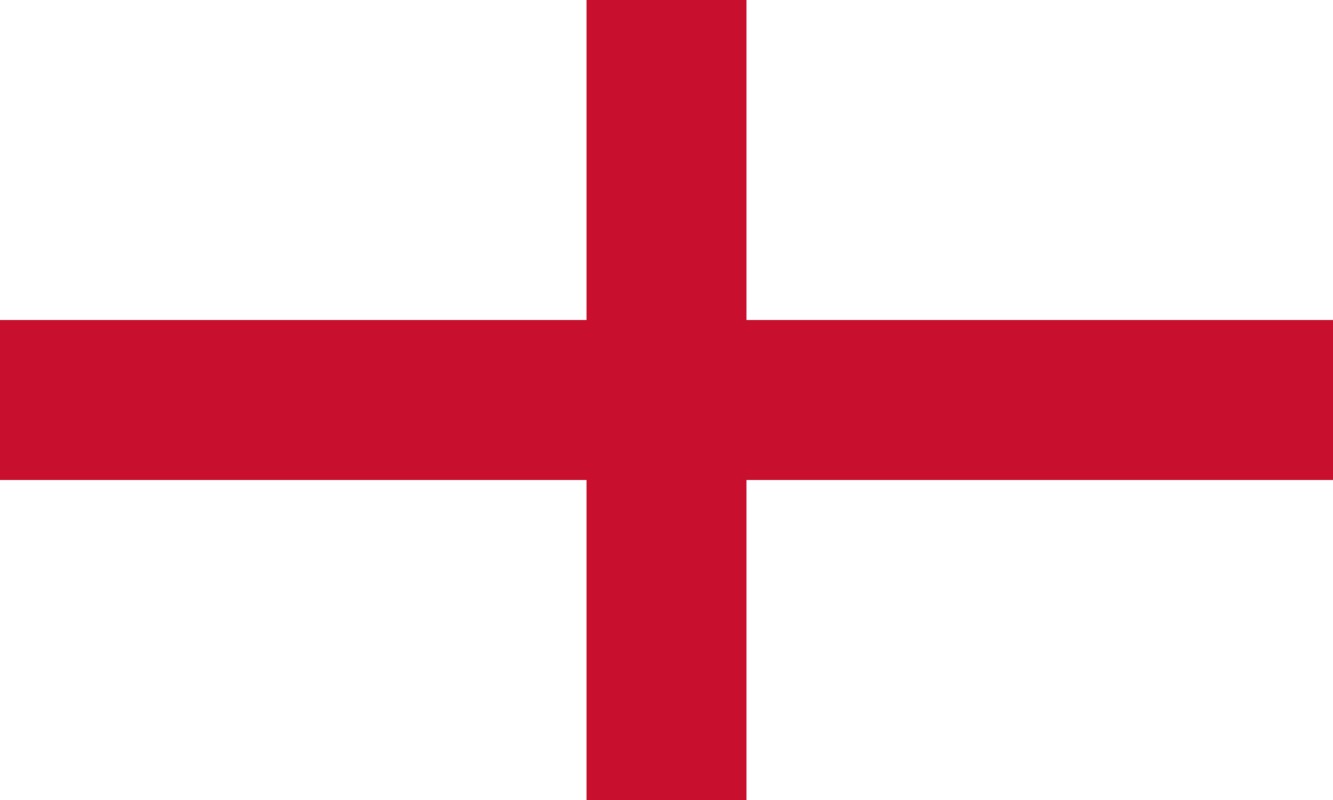 en
en ja
ja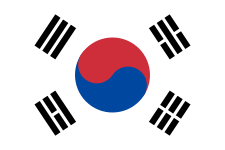 ko
ko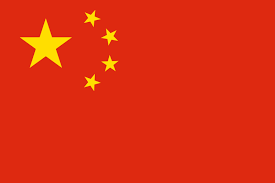 zh
zh


















